Frank Albert Rinehart was born in Lodi, Illinois in 1861. At some point in the 1870s he and his brother moved to Colorado and started working at a photography studio in Denver. When he was about twenty, Frank and his brother formed a partnership with the famous Western photographer William Henry Jackson. It was under Jackson that Rinehart perfected his, not inconsiderable professional photography skills. However Frank also became particularly interested in Native American culture.
In 1898 Rinehart was commissioned to photograph the Indian Congress, which was held in conjunction with the Trans-Missisippi and International Exposition, and the Native American personalities who were attending it.
The pictures are considered by many to be some of the best photographic representations of Native American leaders at the turn of the century. Tom Southall, the former curator at the University of Kansas’ Spencer Art Museum, said of the Rinehart photographs:
The dramatic beauty of these portraits is especially impressive as a departure from earlier, less sensitive photographs of Native Americans. Instead of being detached, ethnographic records, the Rinehart photographs are portraits of individuals with an emphasis on strength of expression. While Rinehart and Muhr were not the first photographers to portray Indian subjects with such dignity, this large body of work which was widely seen and distributed may have had an important influence in changing subsequent portrayals of Native Americans.

Chief Wolf Robe, Cheyenne, 1899. Photo by Frank A. Rinehart

Pete Mitchell (Dust Maker), Ponca, 1899. Photo by Frank A. Rinehart
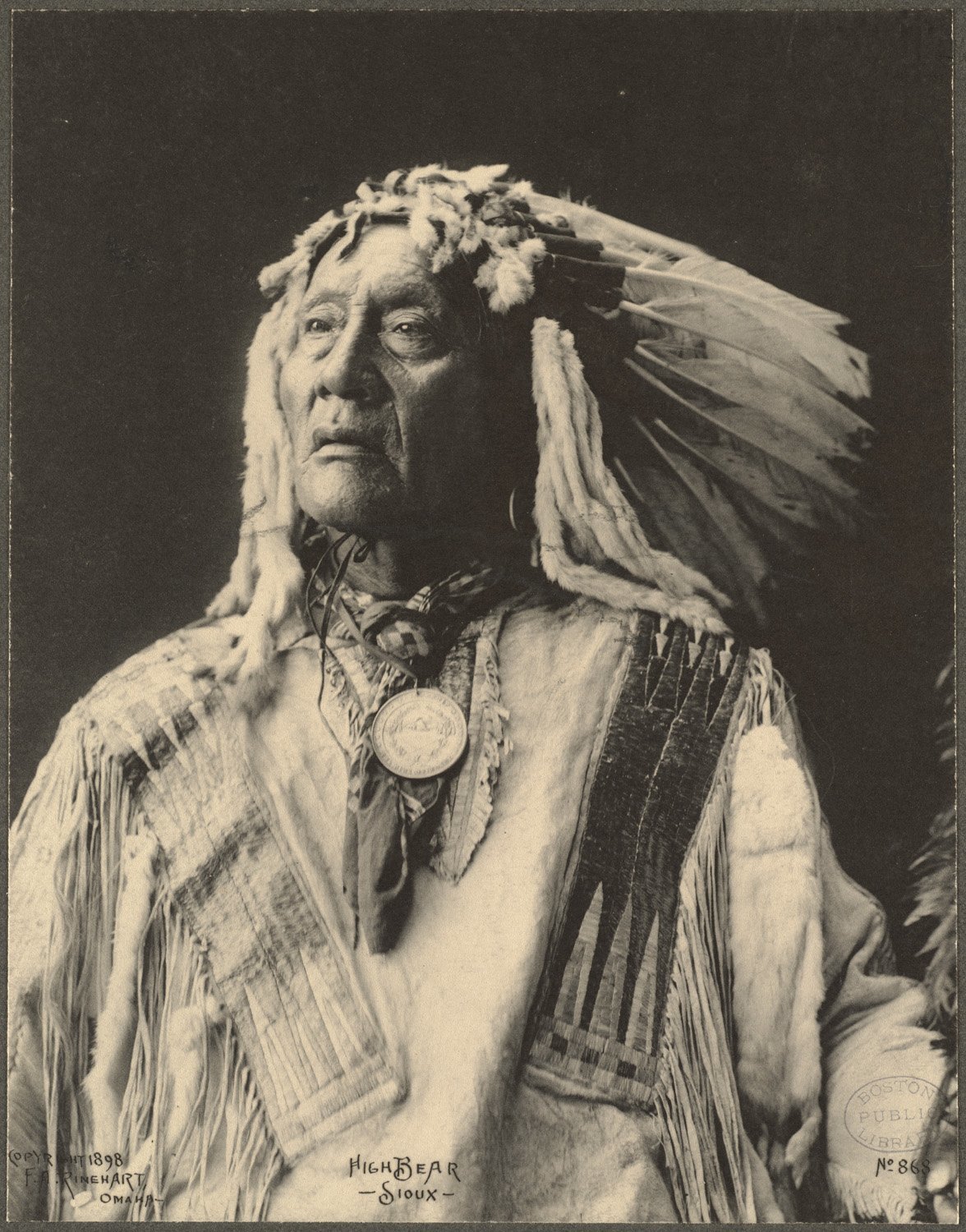
High Bear, Sioux, 1899. Photo by Frank A. Rinehart.

Chief American Horse, Sioux, 1899. (Photo by Frank A. Rinehart)

Cloud Man, Assinaboine, 1899. (Photo by Frank A. Rinehart)

Four Bull, Assinaboines, 1899. (Photo by Frank A. Rinehart)
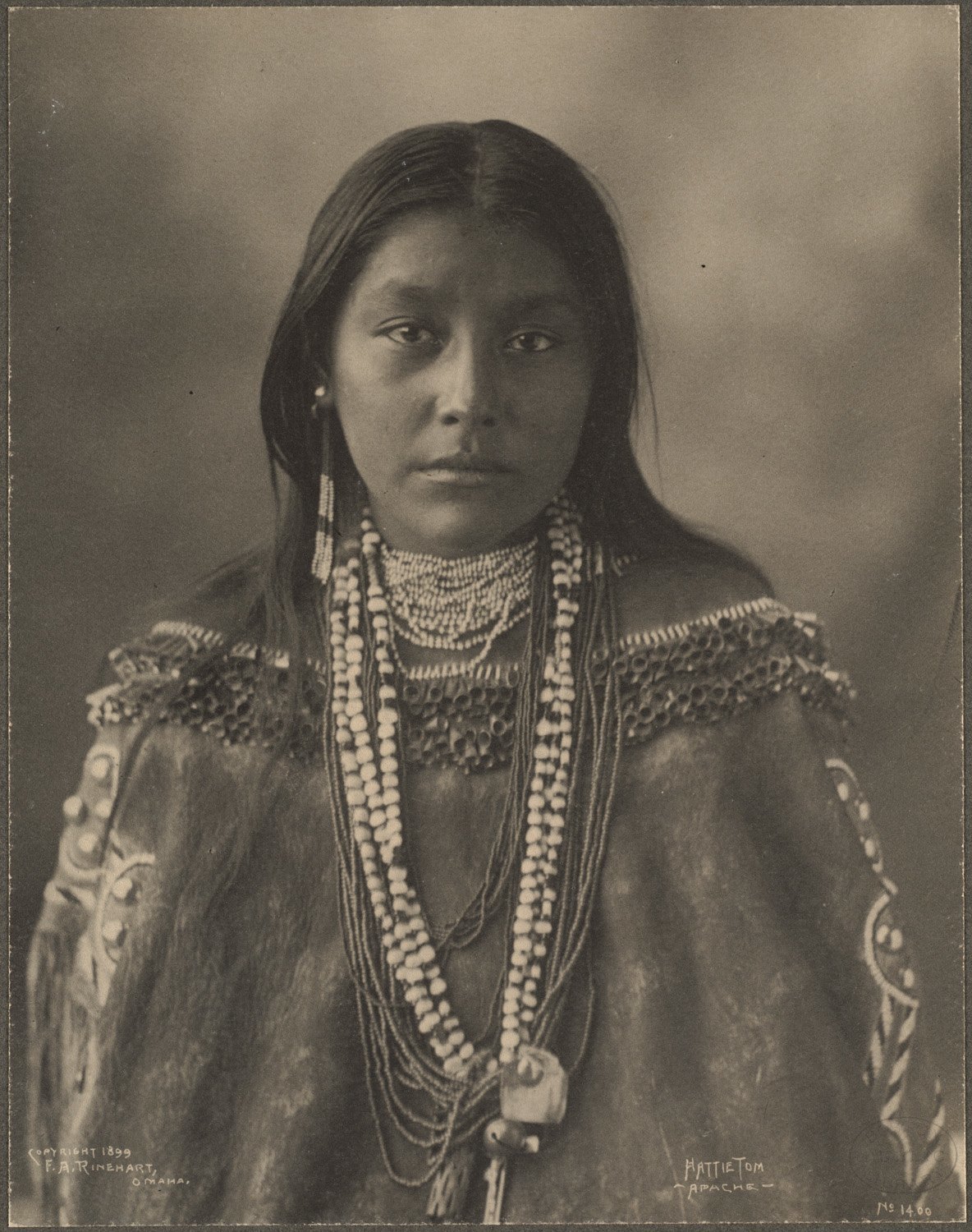
Hattie Tom, Apache, 1899. (Photo by Frank A. Rinehart)
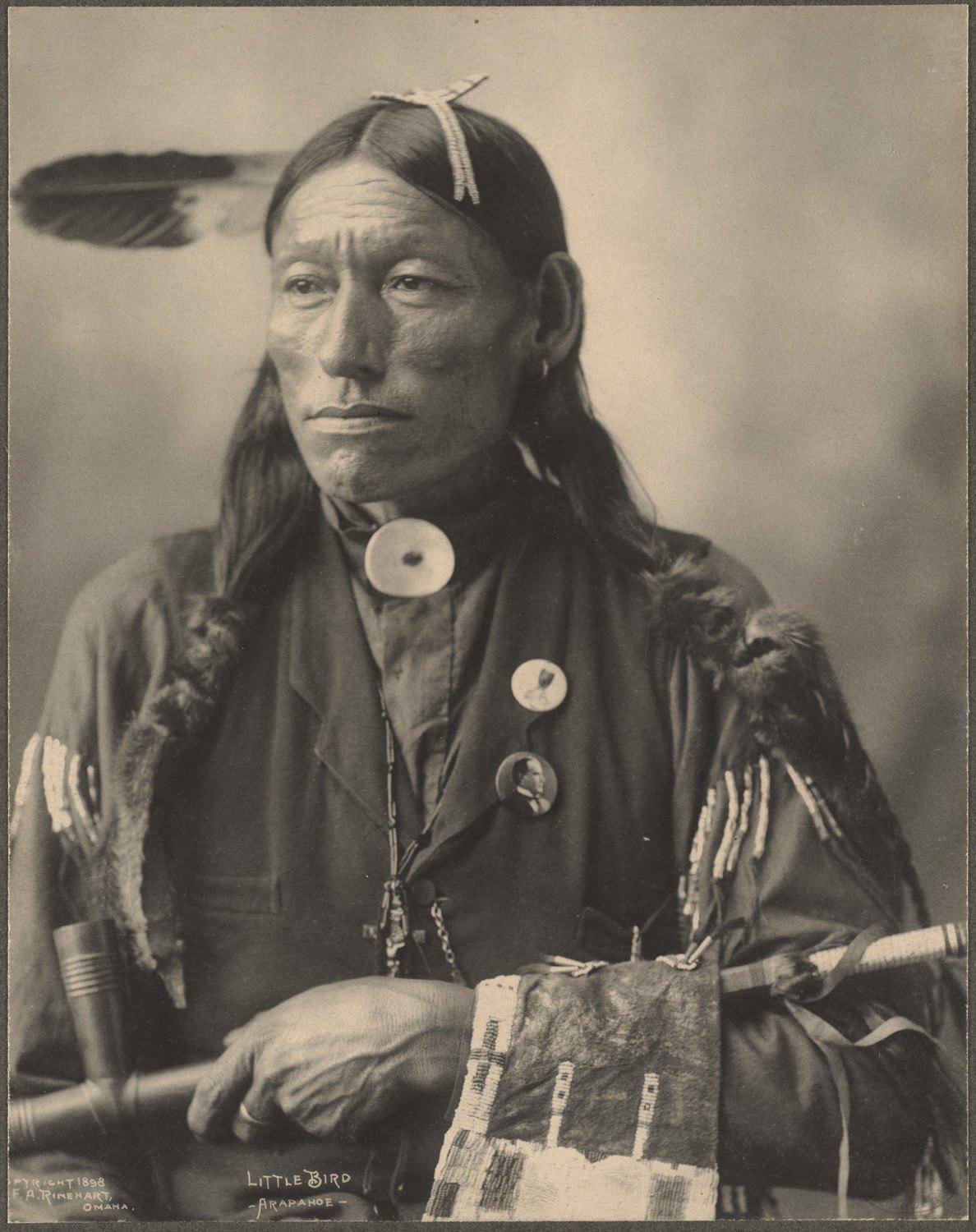
Little Bird, Arapahoe, 1899. (Photo by Frank A. Rinehart)
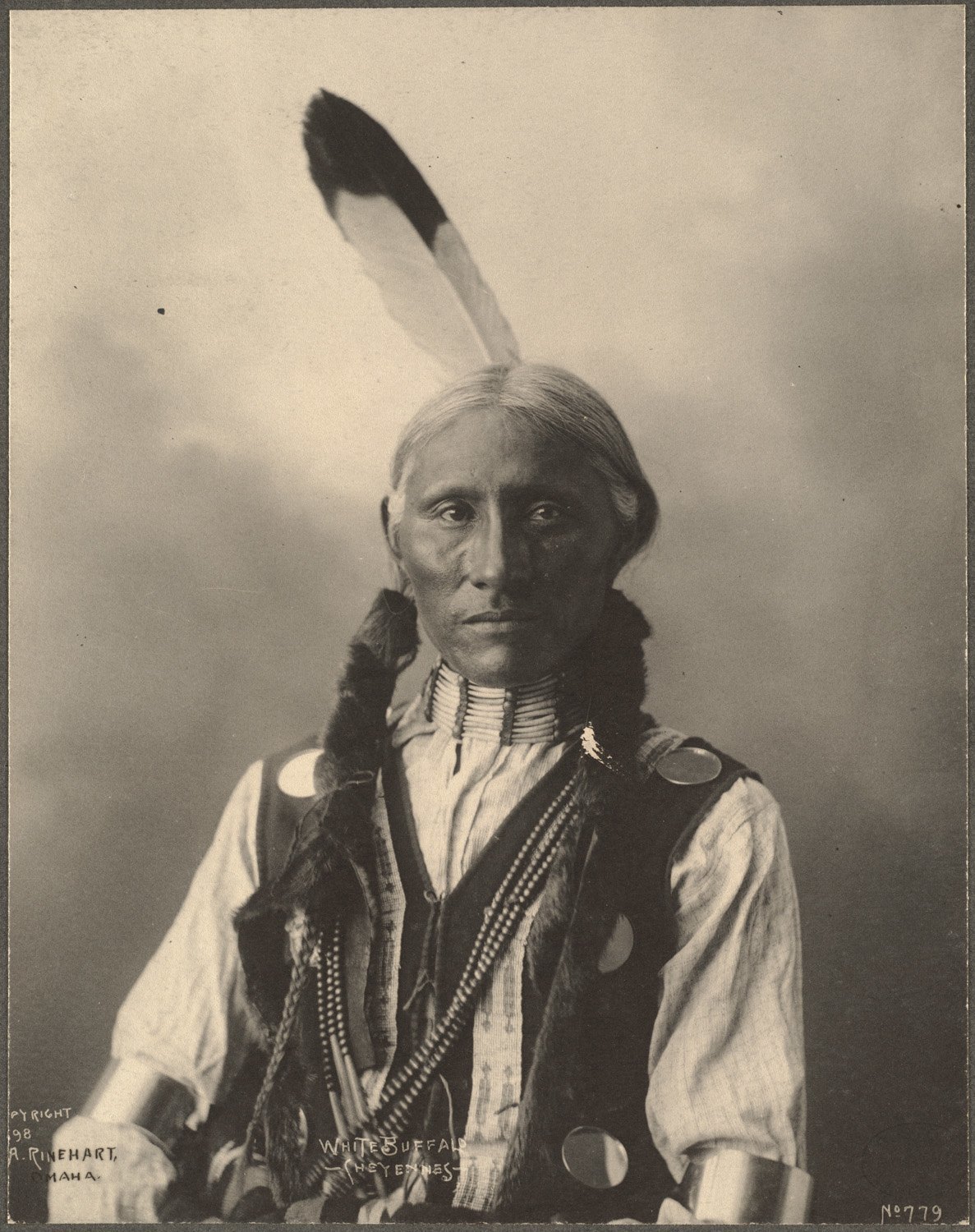
White Buffalo, Cheyennes, 1899. (Photo by Frank A. Rinehart).

Chief Goes To War, Chief Hollow Horn Bear, Sioux, 1899
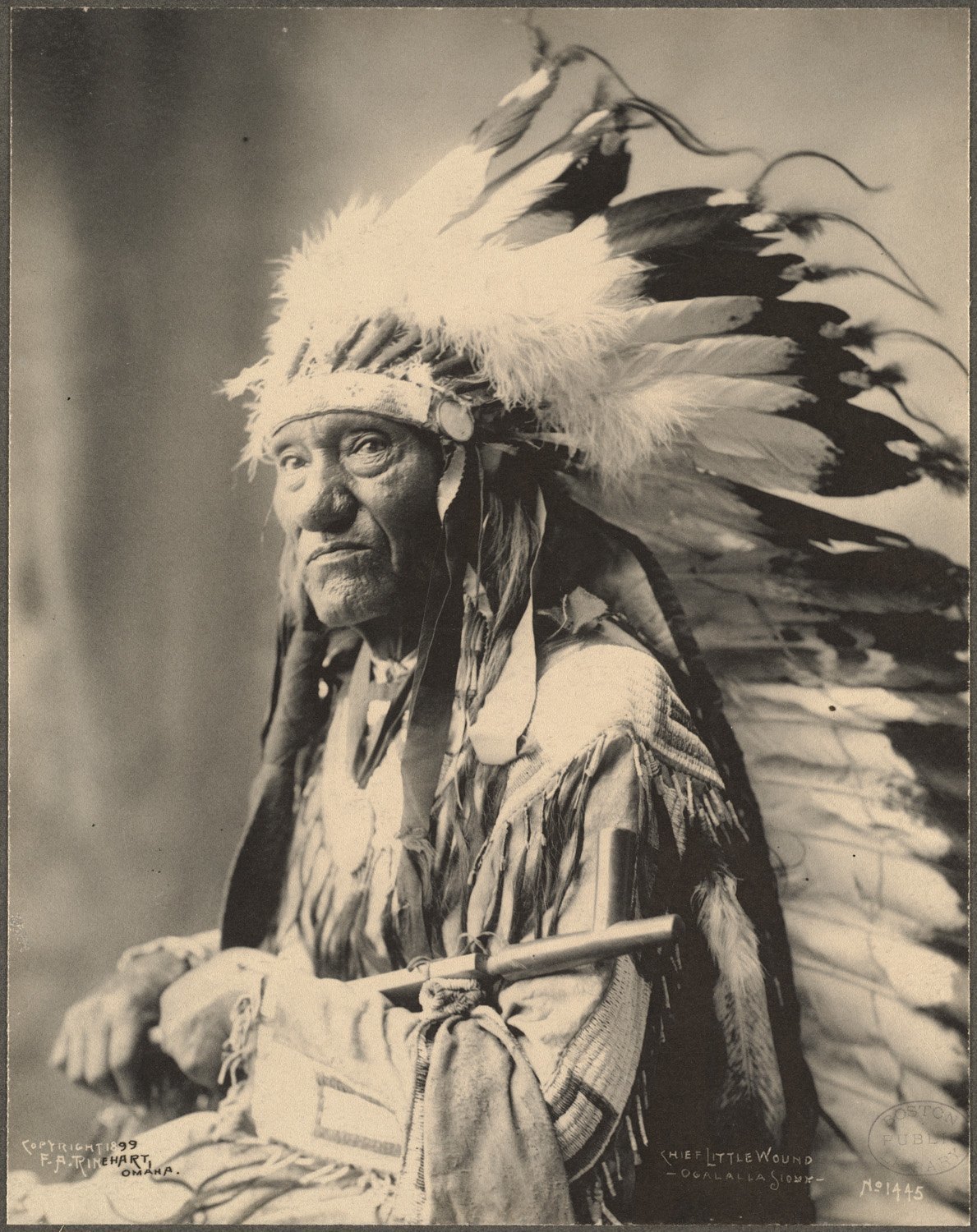
Chief Little Wound, Ogalalla Sioux, 1899. (Photo by Frank A. Rinehart)
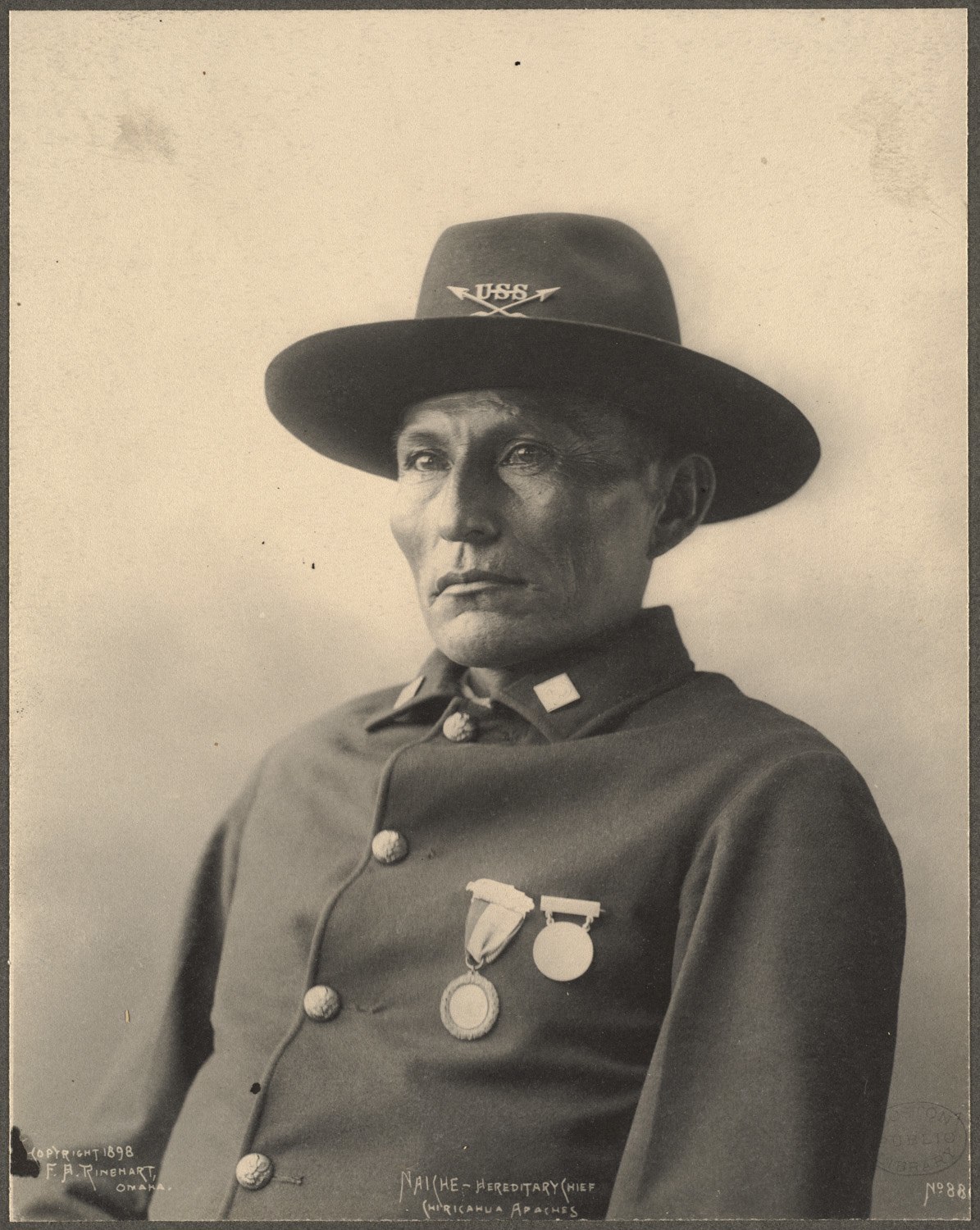
Naiche – Hereditary Chief, Chiricahua Apaches, 1899
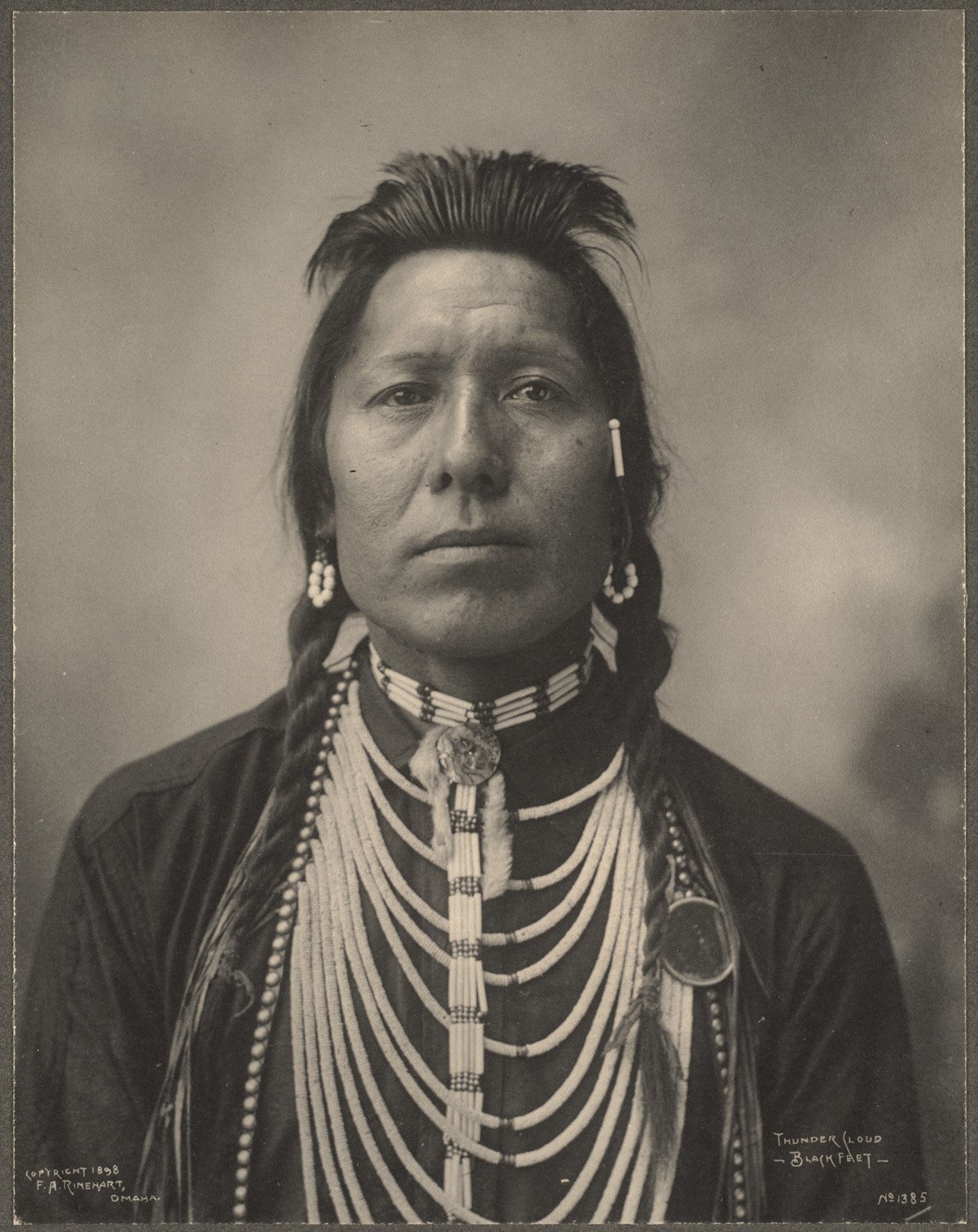
Thunder Cloud, Blackfeet, 1899. (Photo by Frank A. Rinehart)

Little Bear, Arapahoe, 1899. (Photo by Frank A. Rinehart)
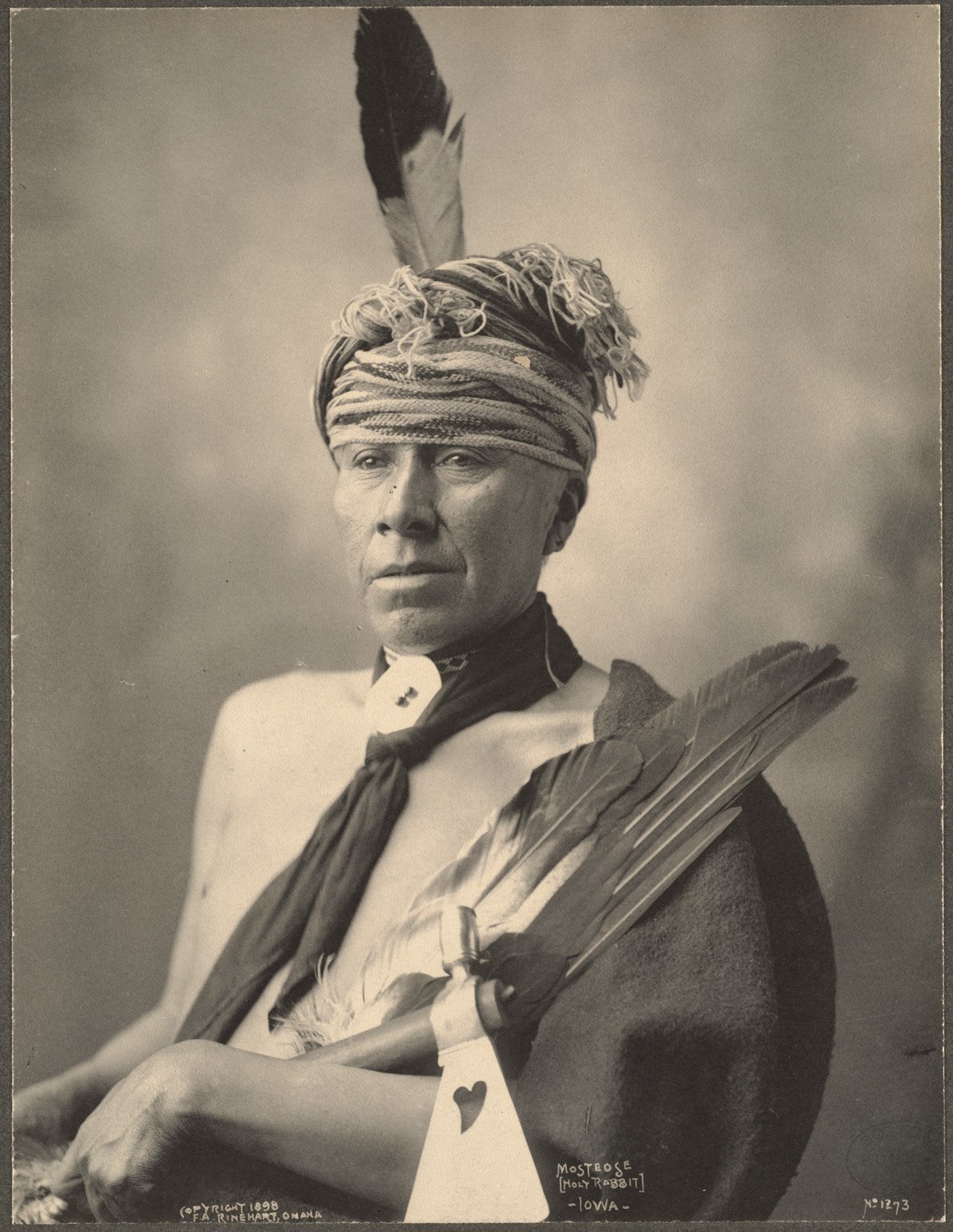
Mosteose (Holy Rabbit), Iowa, 1899. (Photo by Frank A. Rinehart)
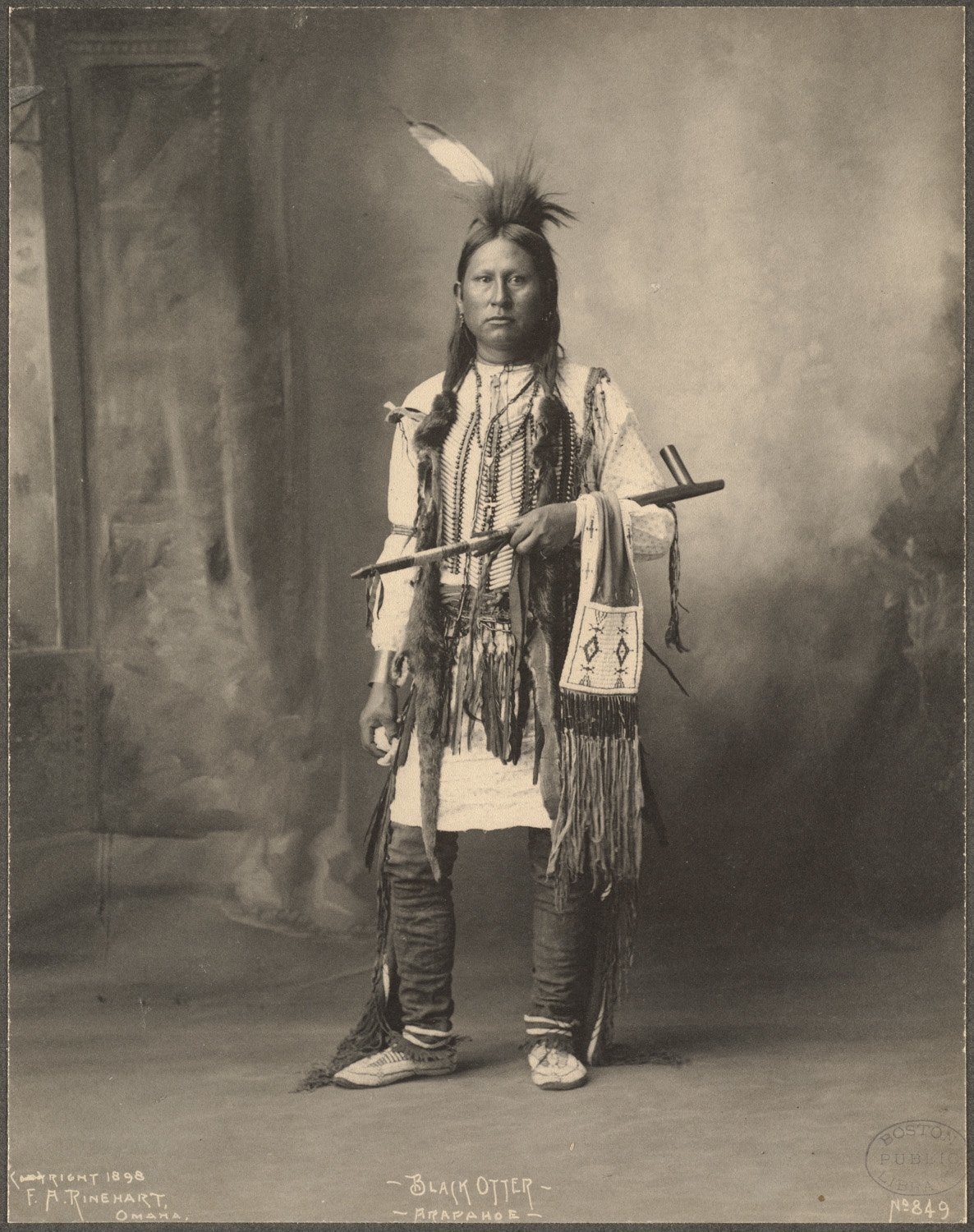
Black Otter, Arapahoe, 1899. (Photo by Frank A. Rinehart)

Yellow Magpie, Arapahoe, 1899. (Photo by Frank A. Rinehart).
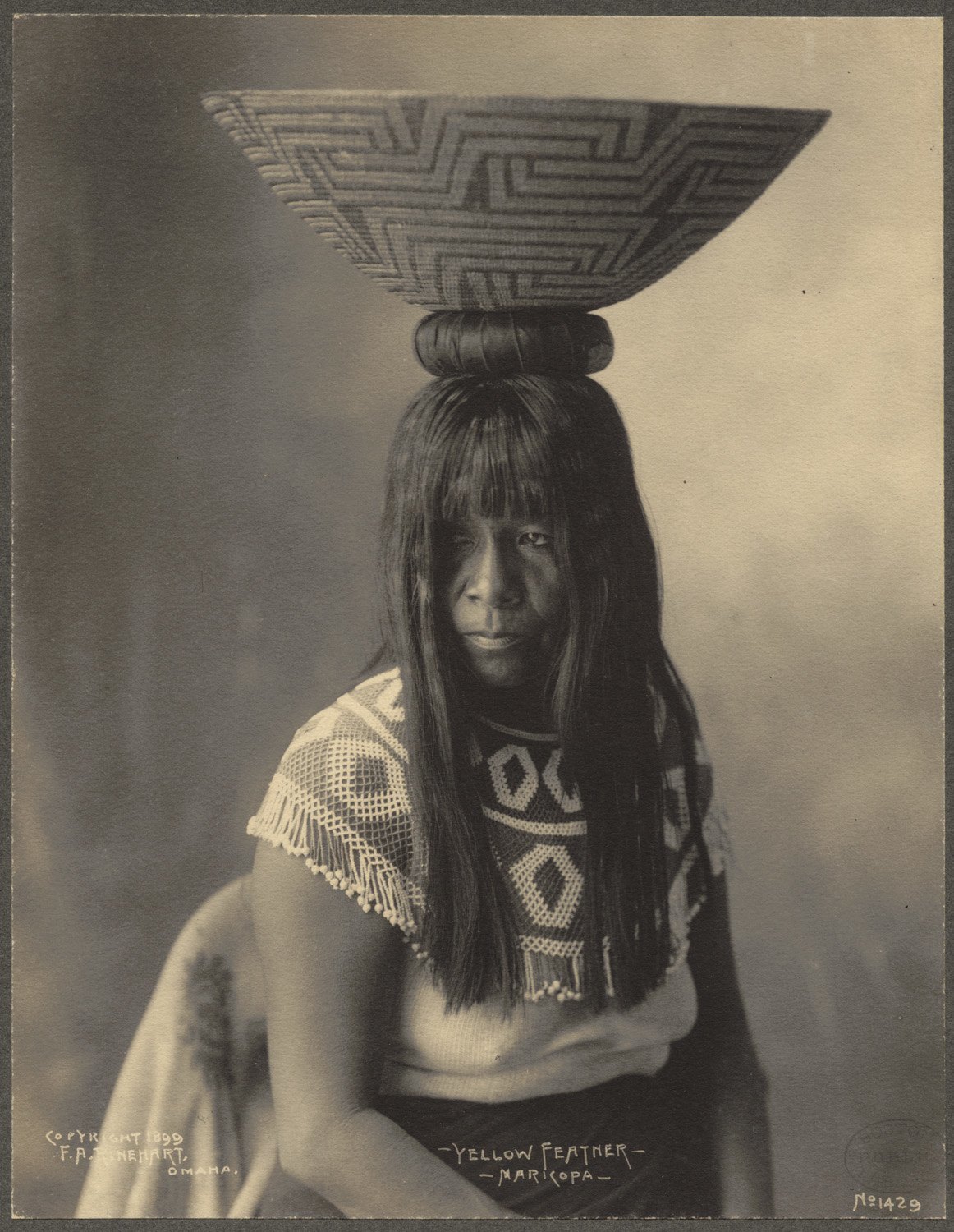
Yellow Feather, Maricopa, 1899. (Photo by Frank A. Rinehart)
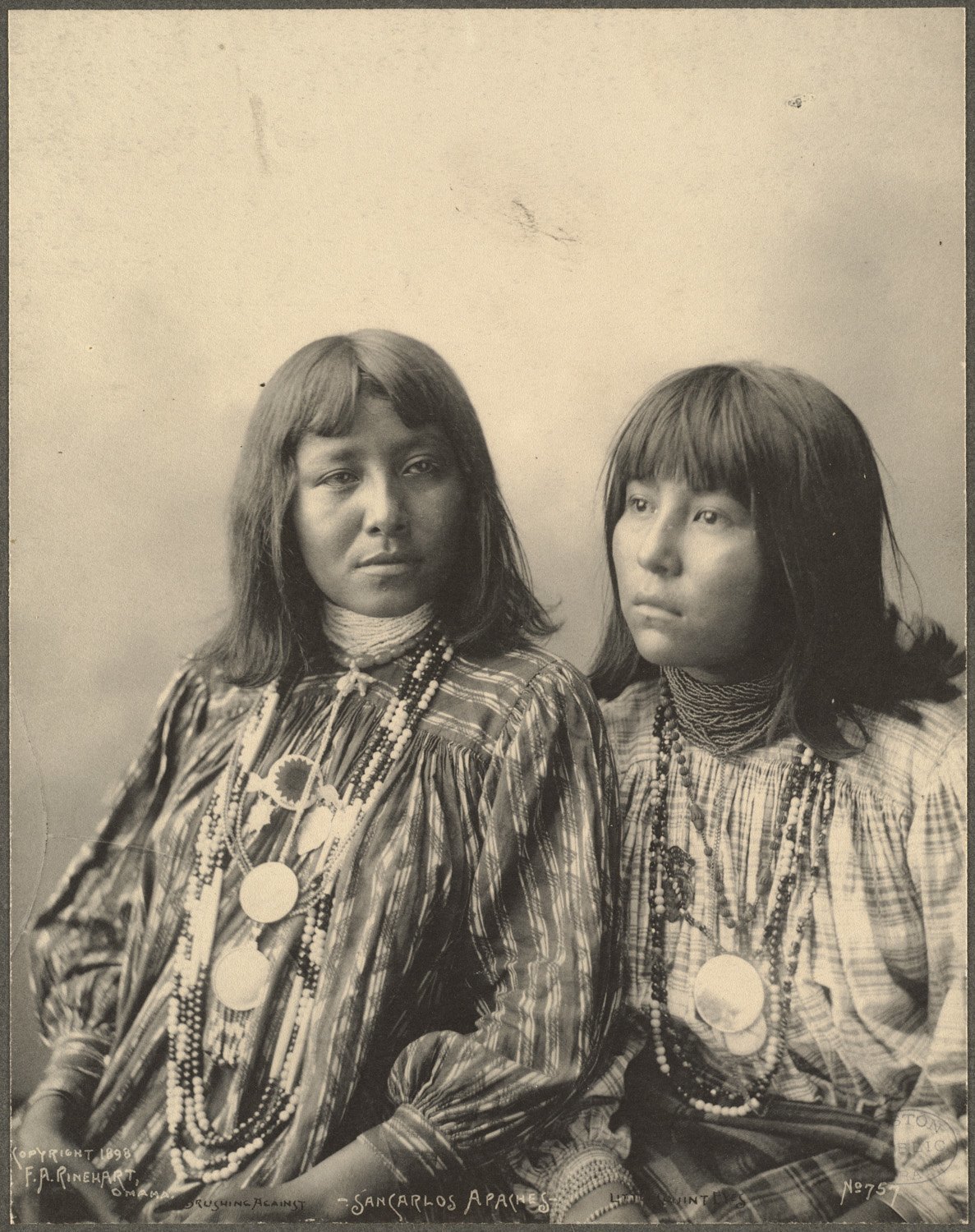
Brushing Against, Little Squint Eyes, San Carlos Apaches, 1899.
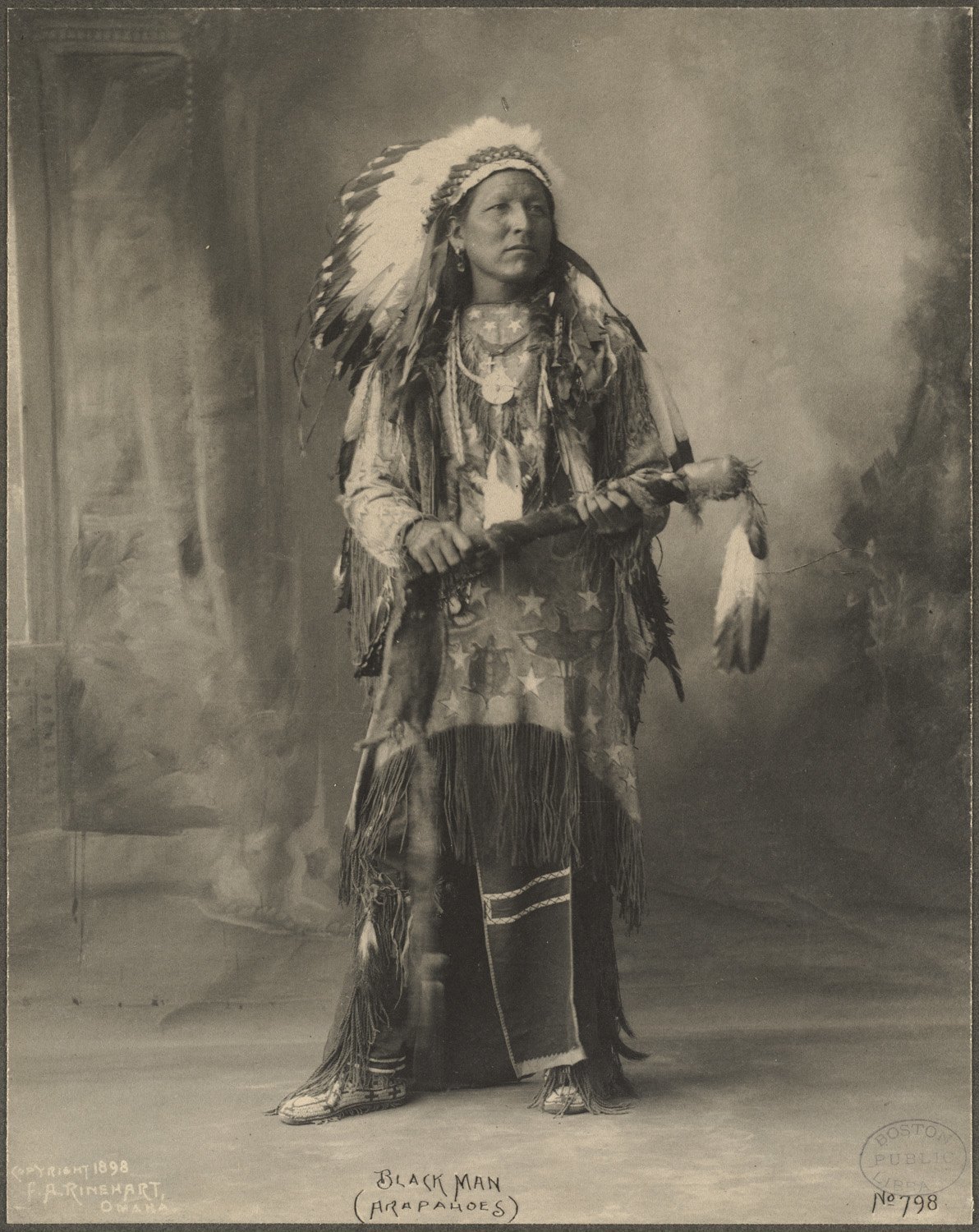
Black Man, (Arapahoes), 1899. (Photo by Frank A. Rinehart).
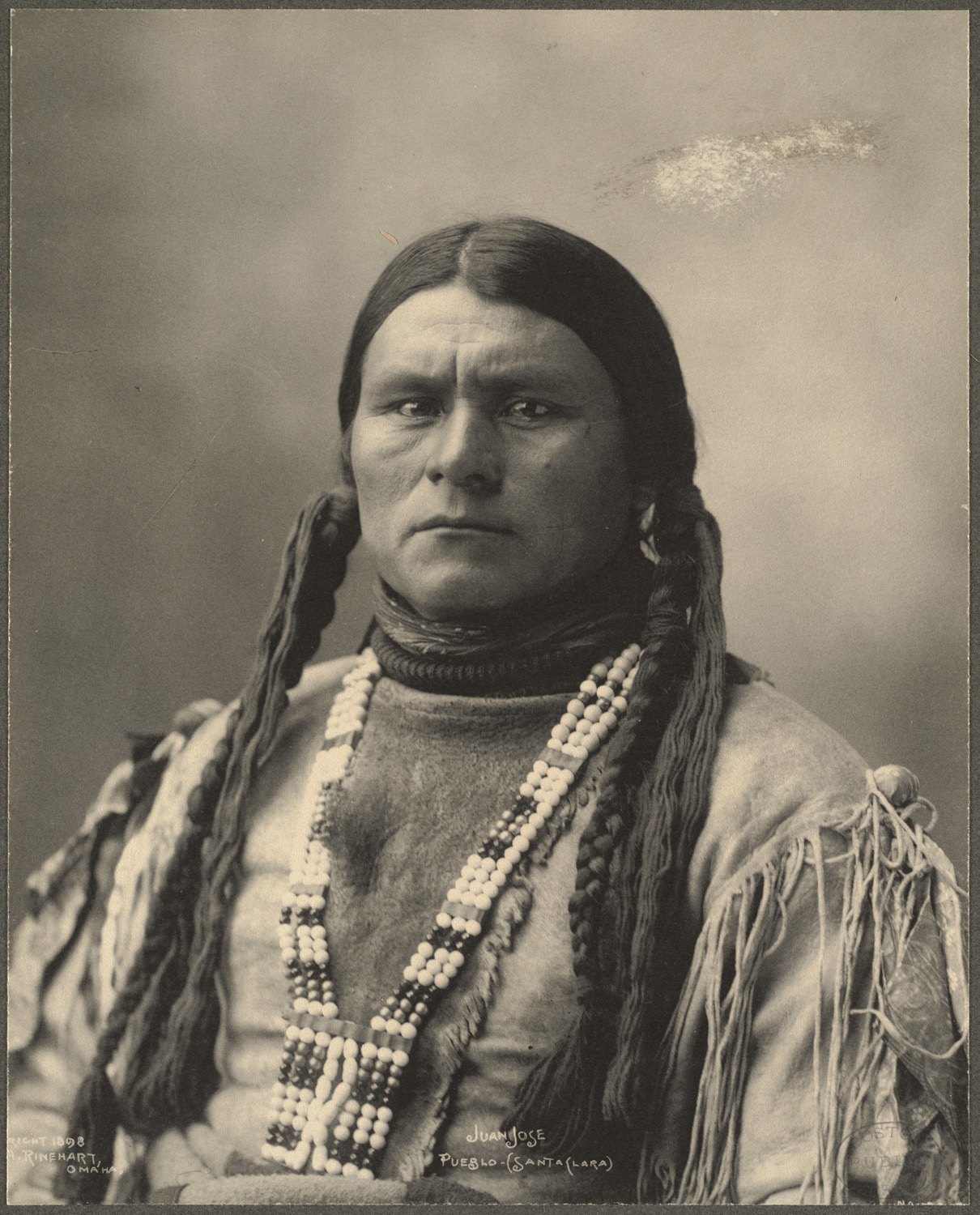
Juan Jose, Pueblo (Santa Clara), 1899. (Photo by Frank A. Rinehart)
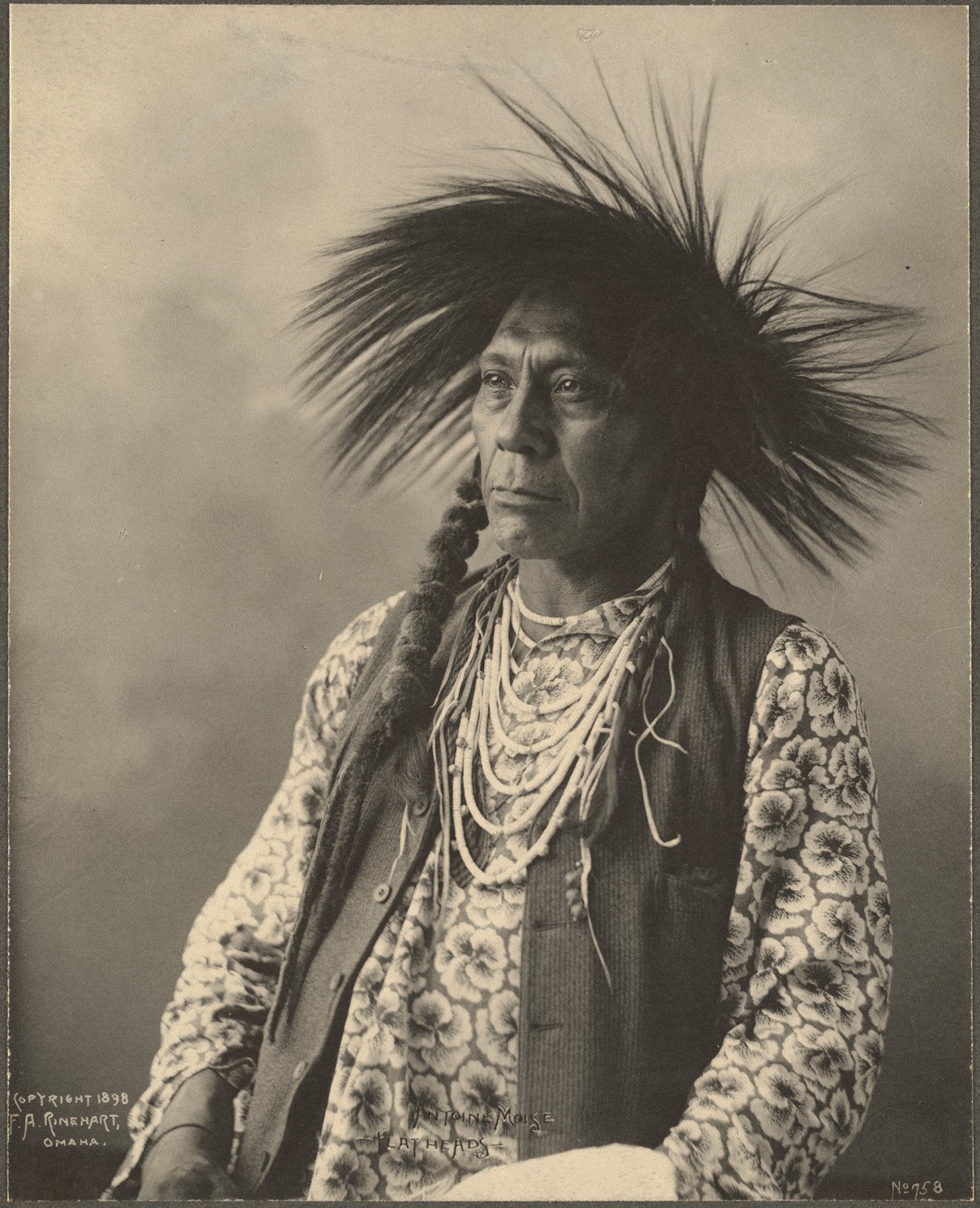
Antoine Moise, Flathead, 1899. (Photo by Frank A. Rinehart)
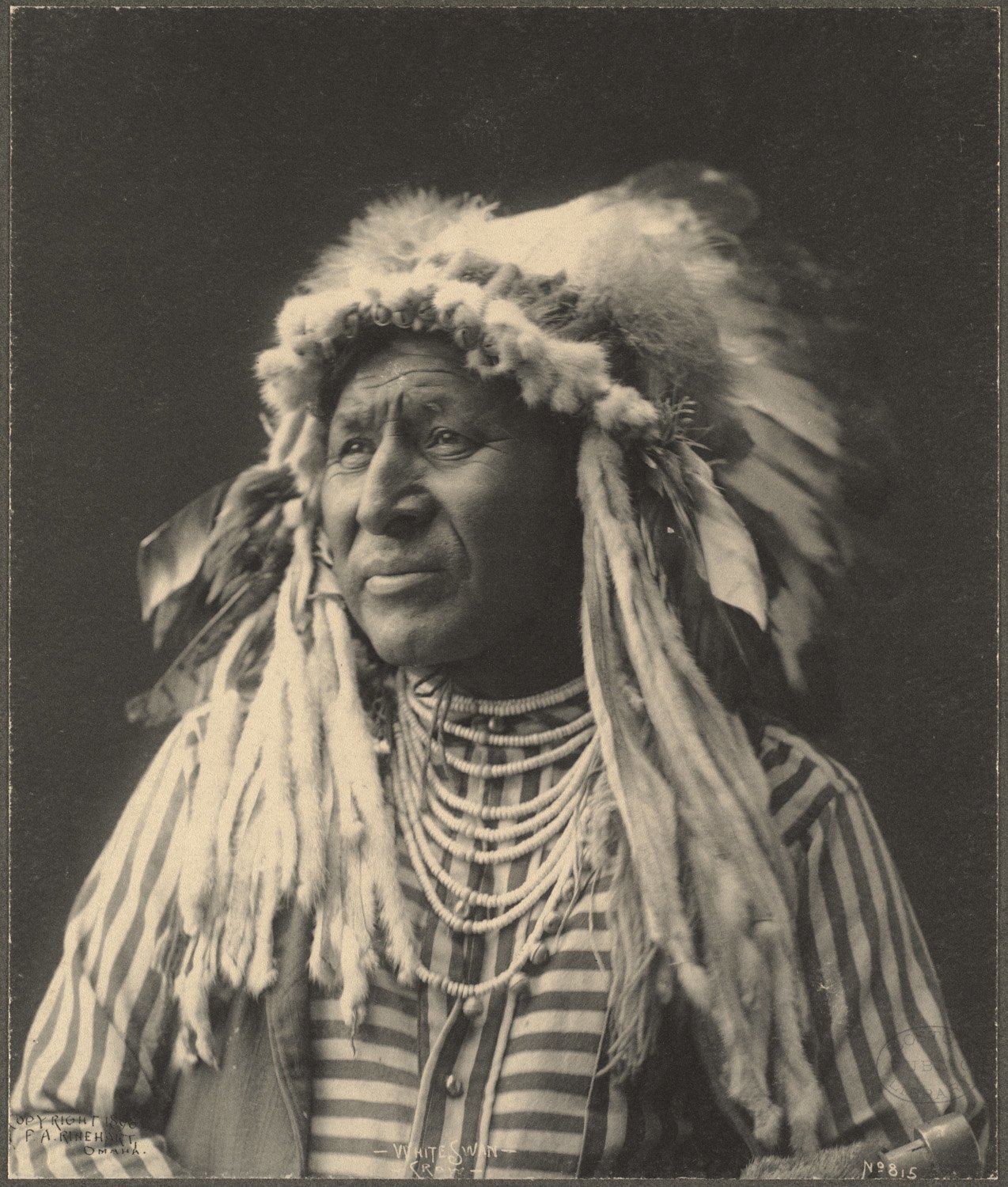
White Swan, Crow, 1899. (Photo by Frank A. Rinehart).
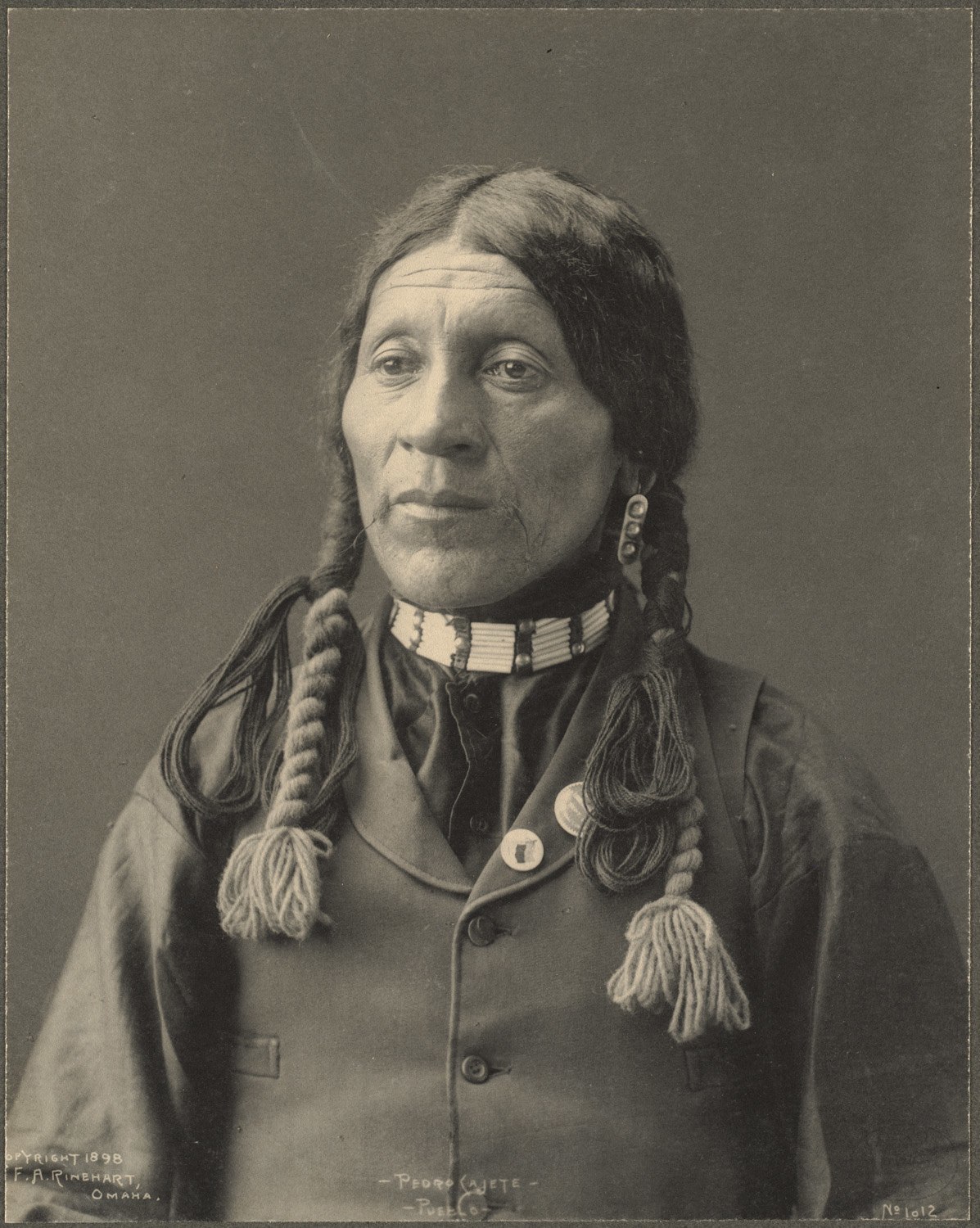
Pedro Cajete, Pueblo, 1899. (Photo by Frank A. Rinehart).

Pablino Diaz, Kiowa, 1899. (Photo by Frank A. Rinehart).
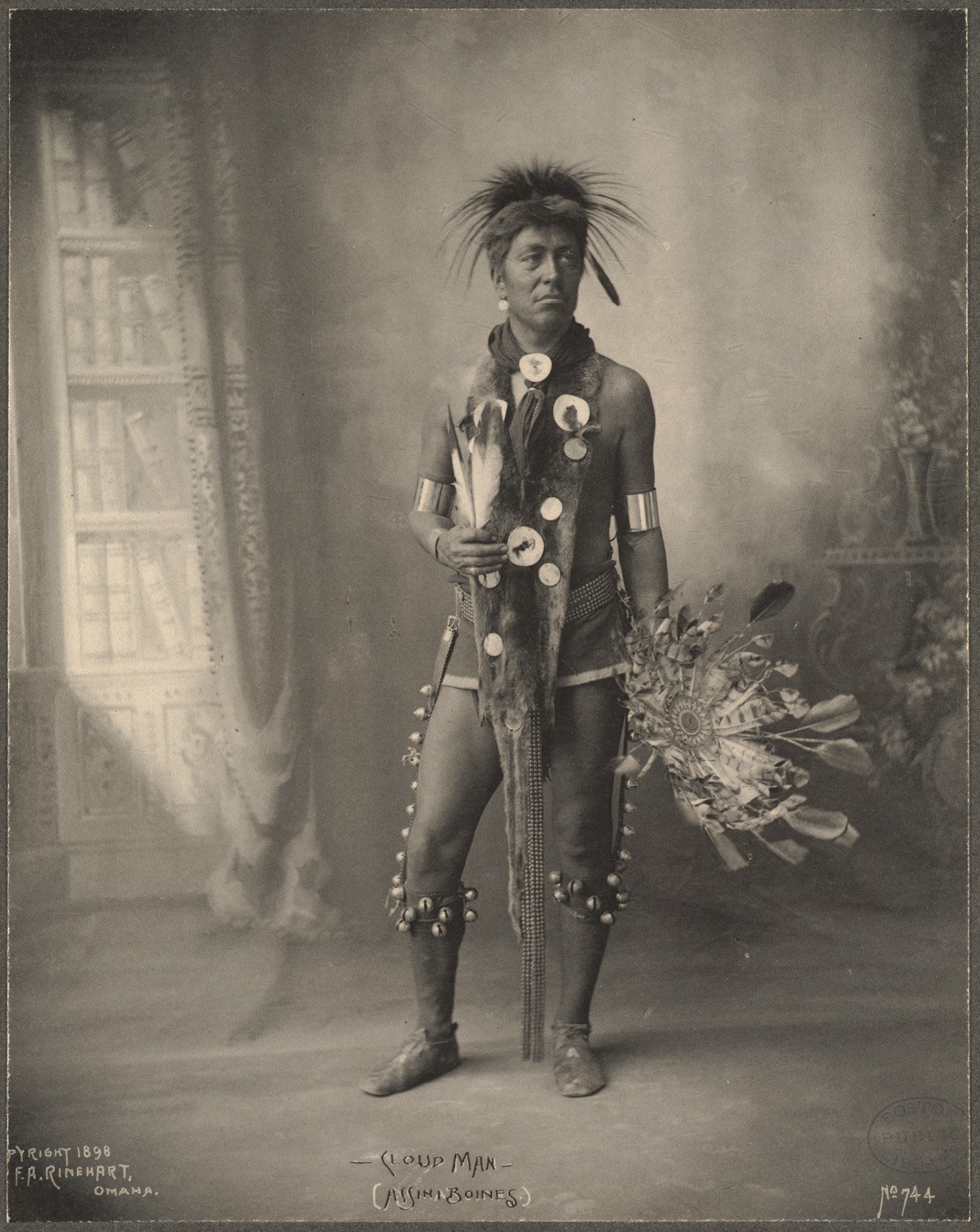
Cloud Man, Assinaboines, 1899. (Photo by Frank A. Rinehart)
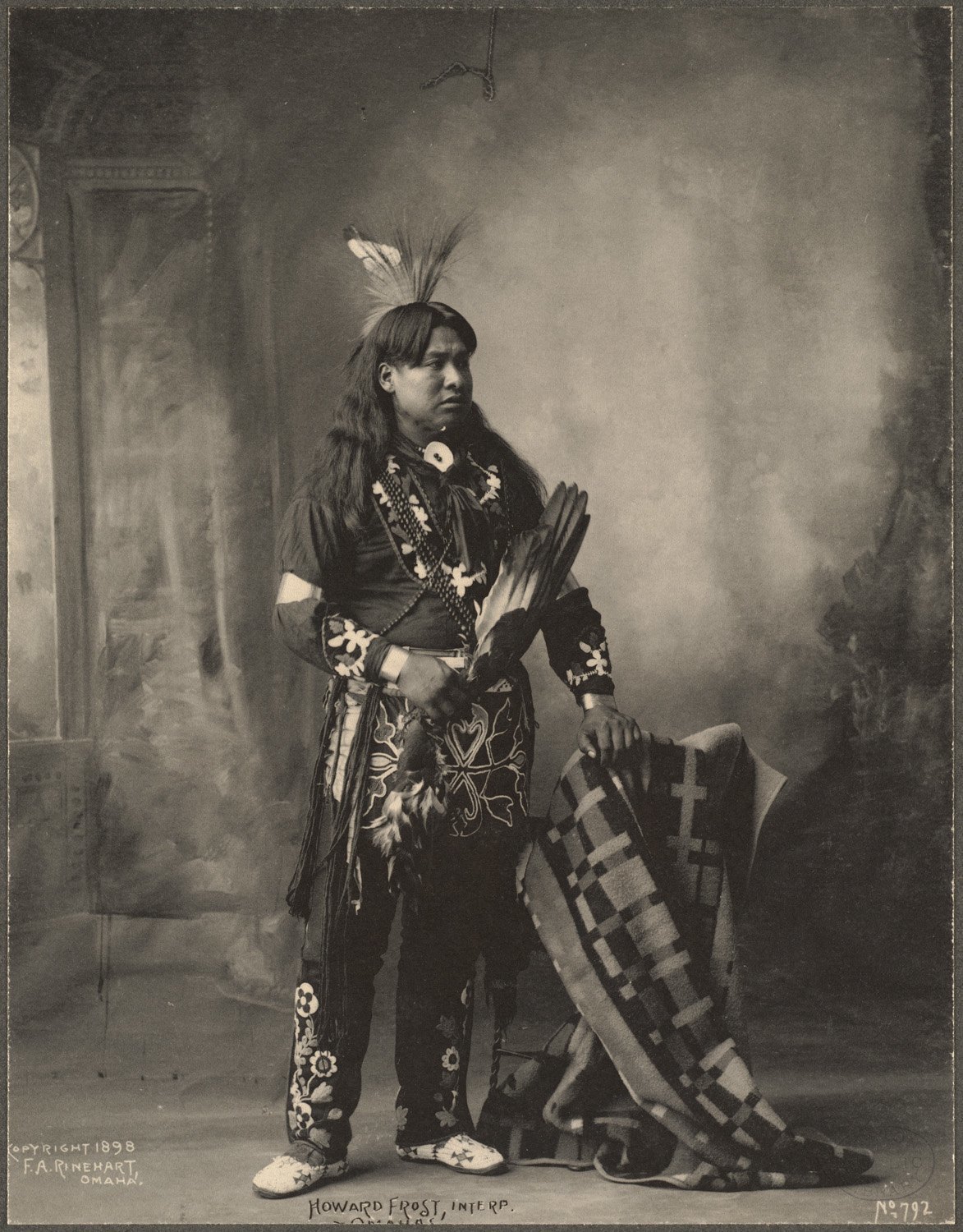
Howard Frost, Interp., Omahas, 1899. (Photo by Frank A. Rinehart)
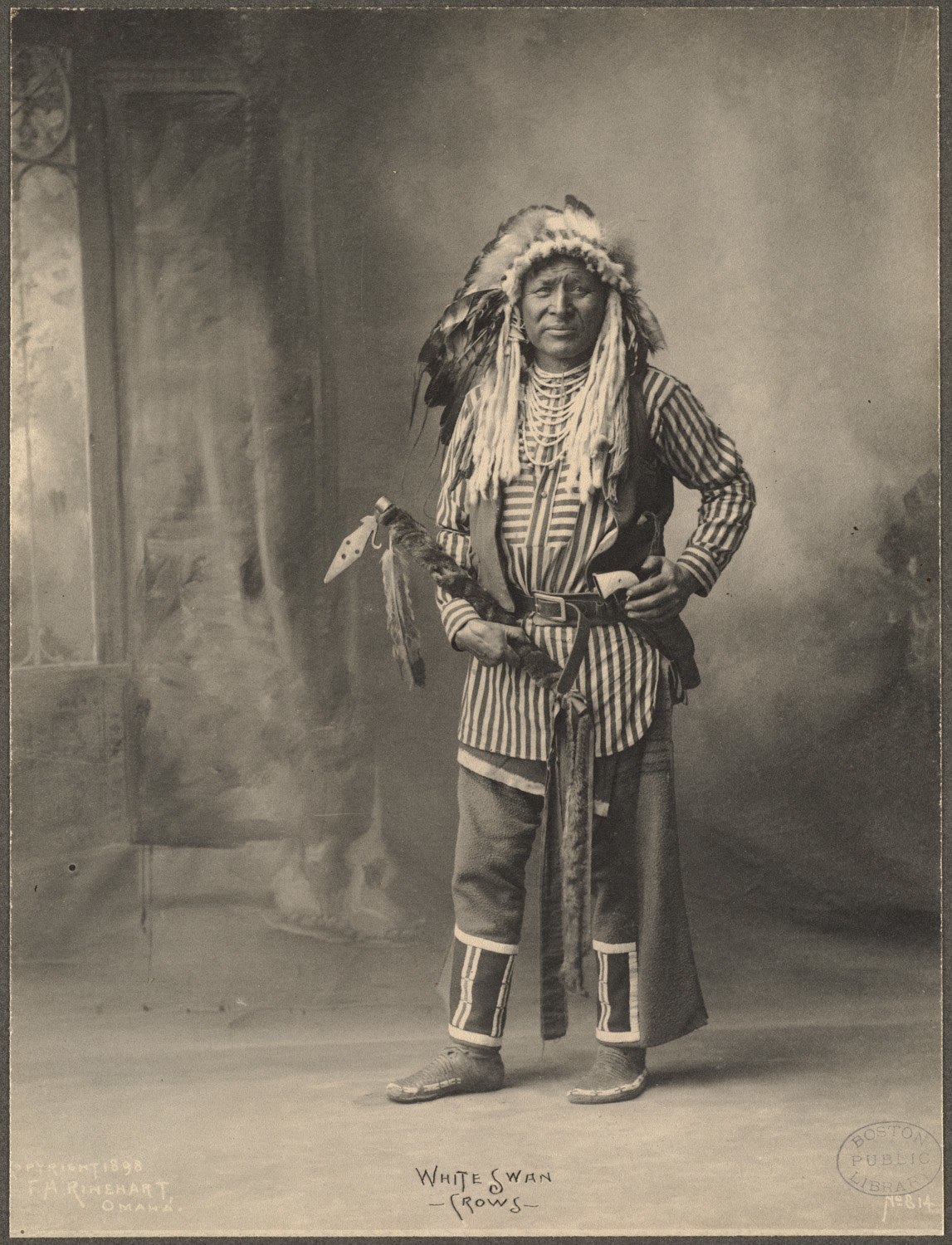
White Swan, Crows, 1899. (Photo by Frank A. Rinehart).
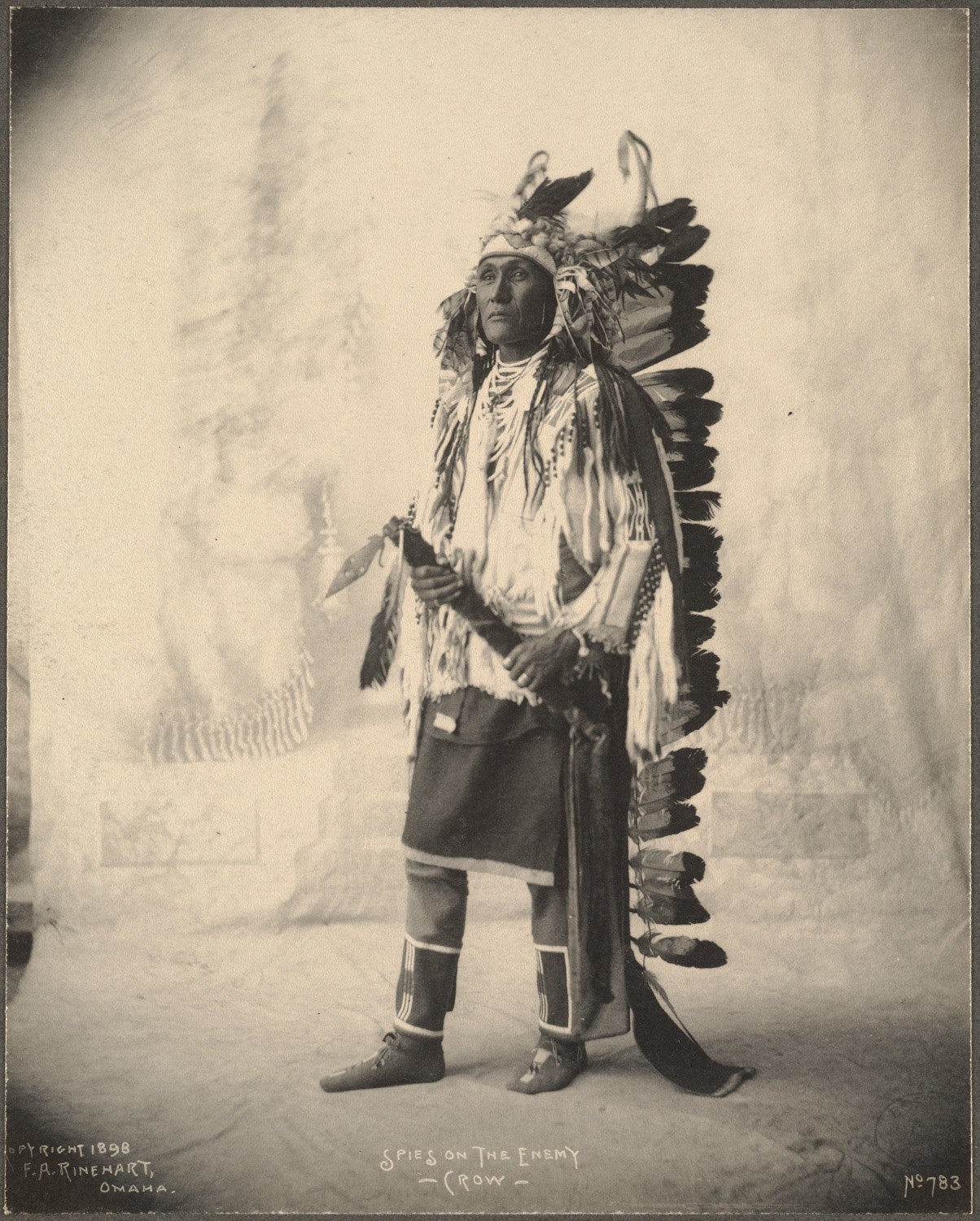
Spies On The Enemy, Crow, 1899. (Photo by Frank A. Rinehart).
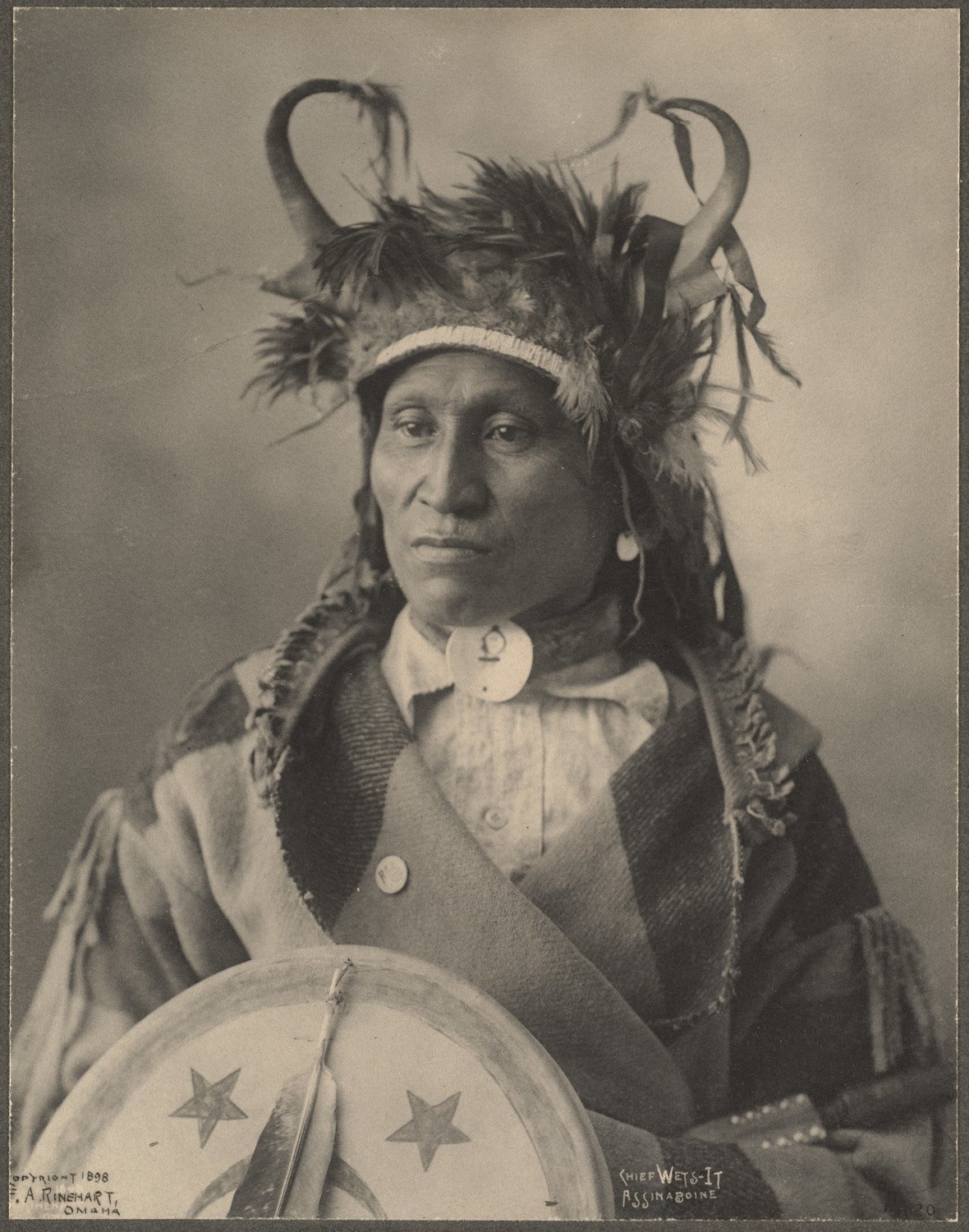
Chief Wets-It, Assinaboine, 1899. (Photo by Frank A. Rinehart)
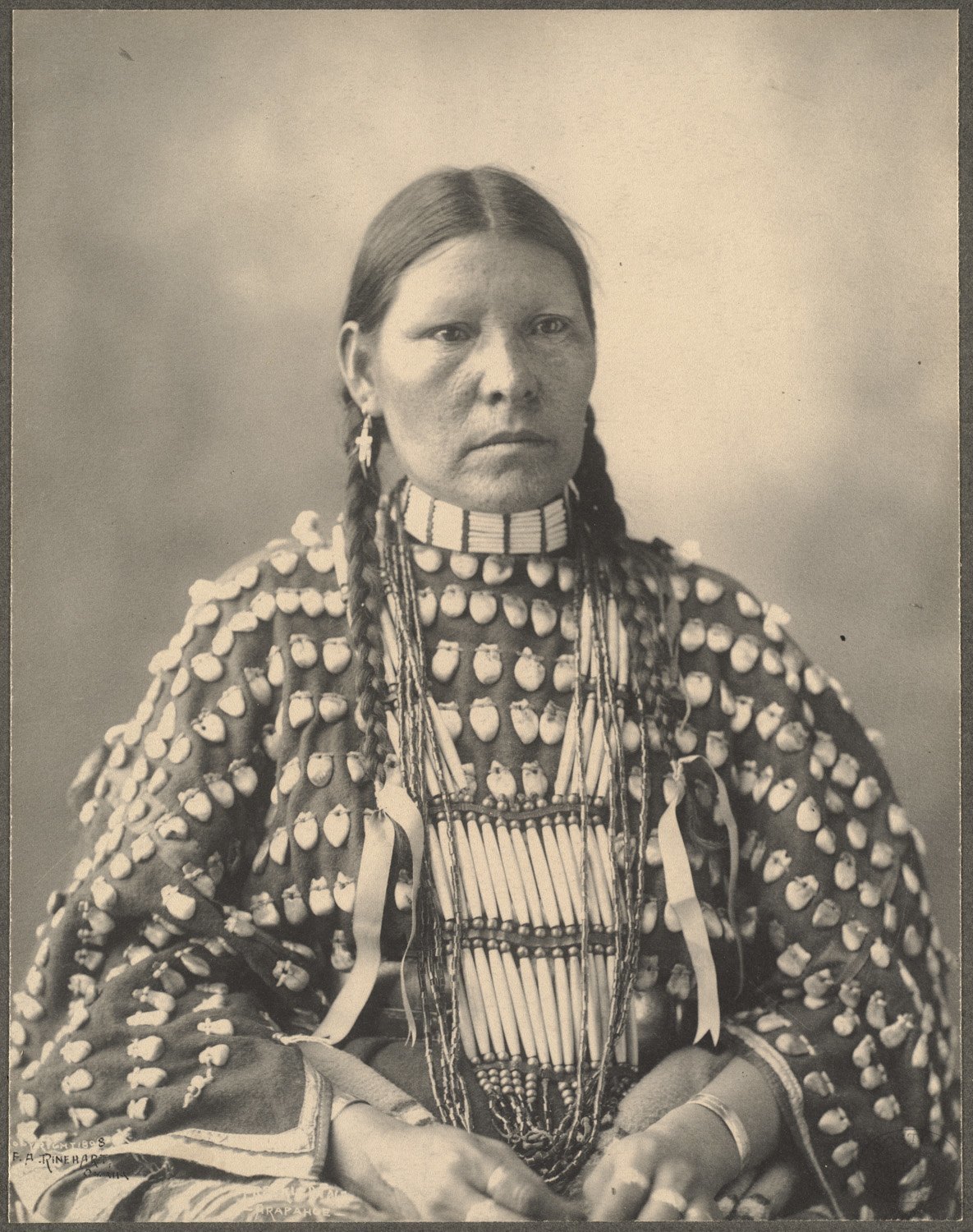
Freckled Face, Arapahoe, 1899. (Photo by Frank A. Rinehart)
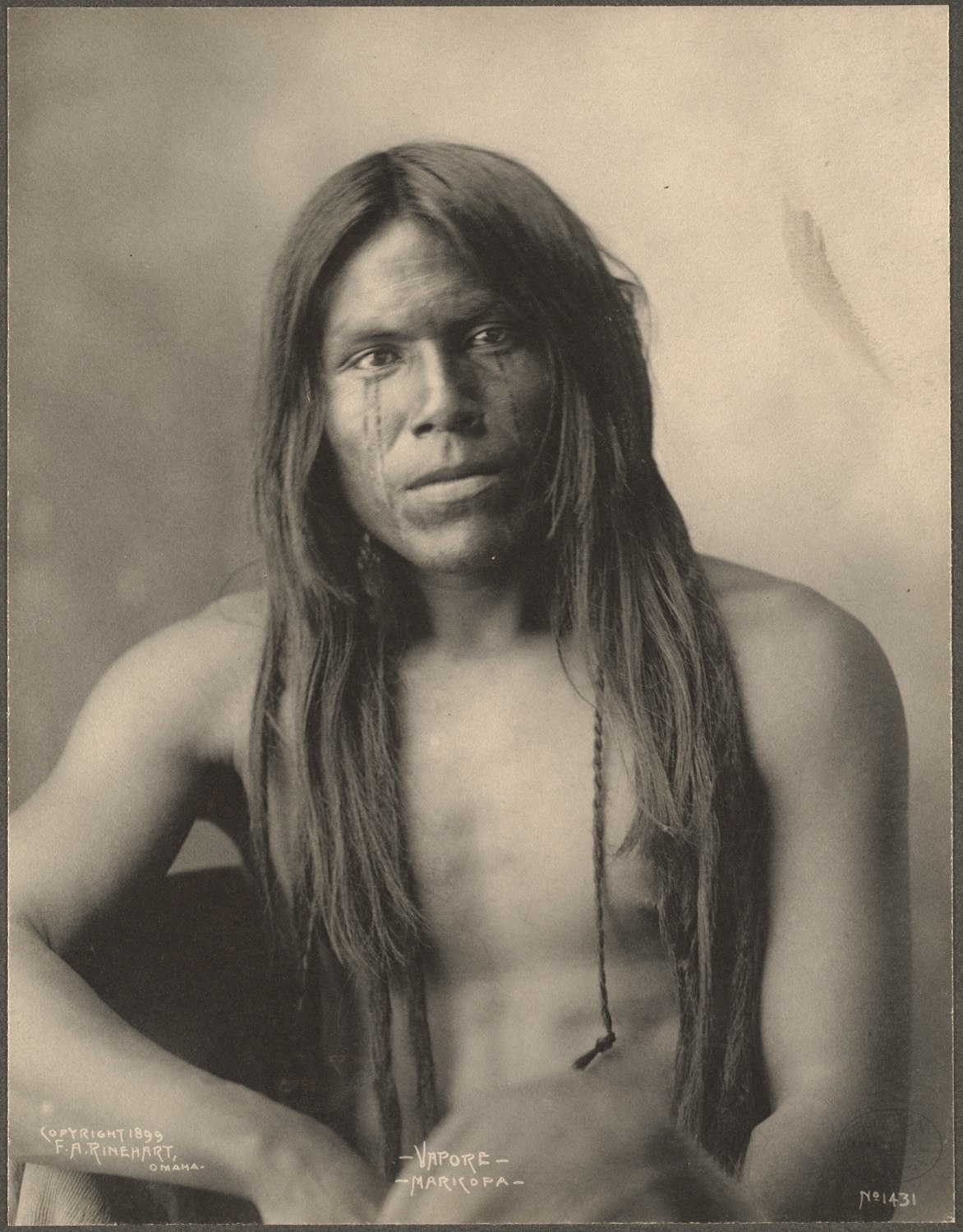
Vapore, Maricopa, 1899. (Photo by Frank A. Rinehart)

Three Fingers, Cheyennes, 1899. (Photo by Frank A. Rinehart).
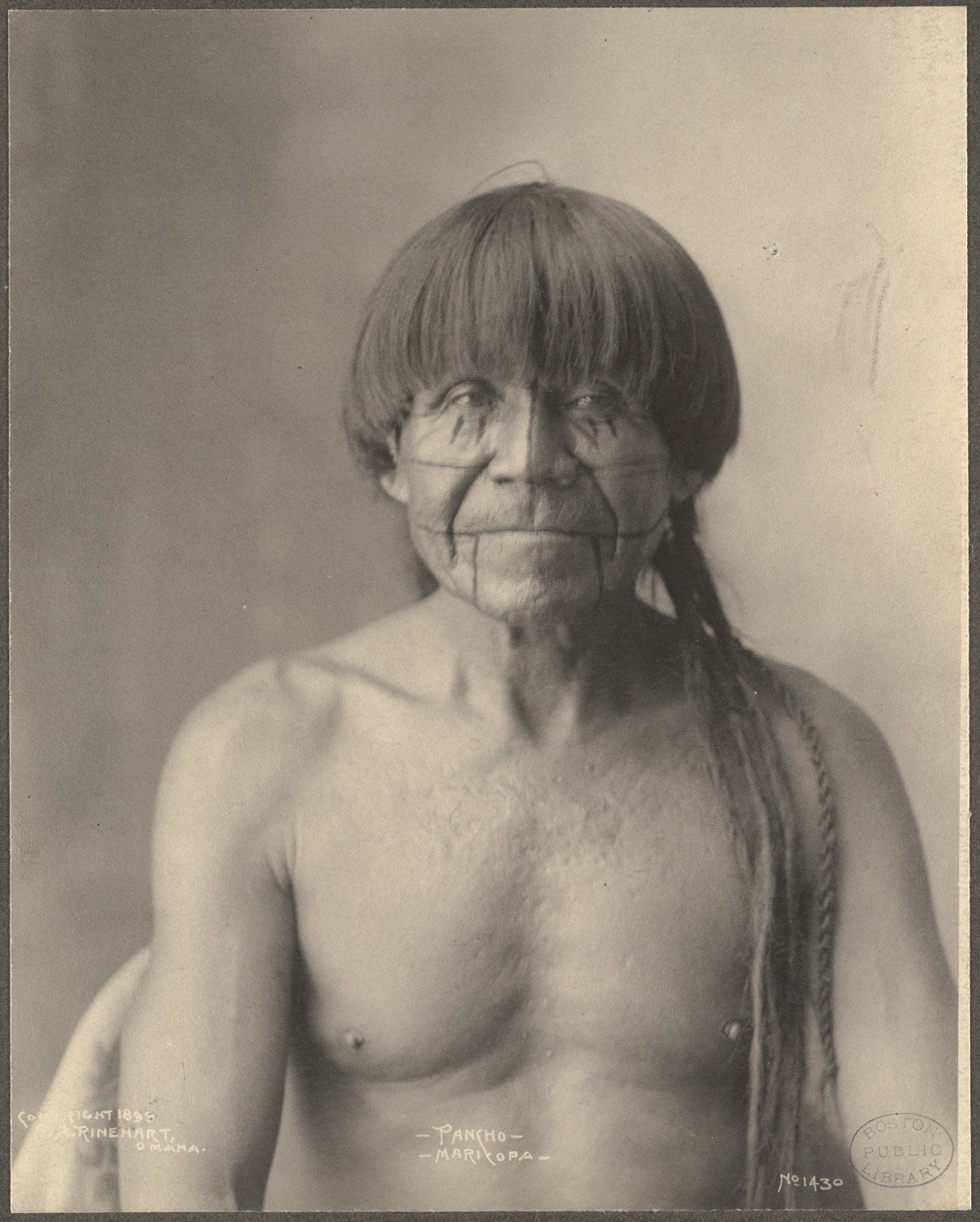
Pancho, Maricopa, 1899. (Photo by Frank A. Rinehart).
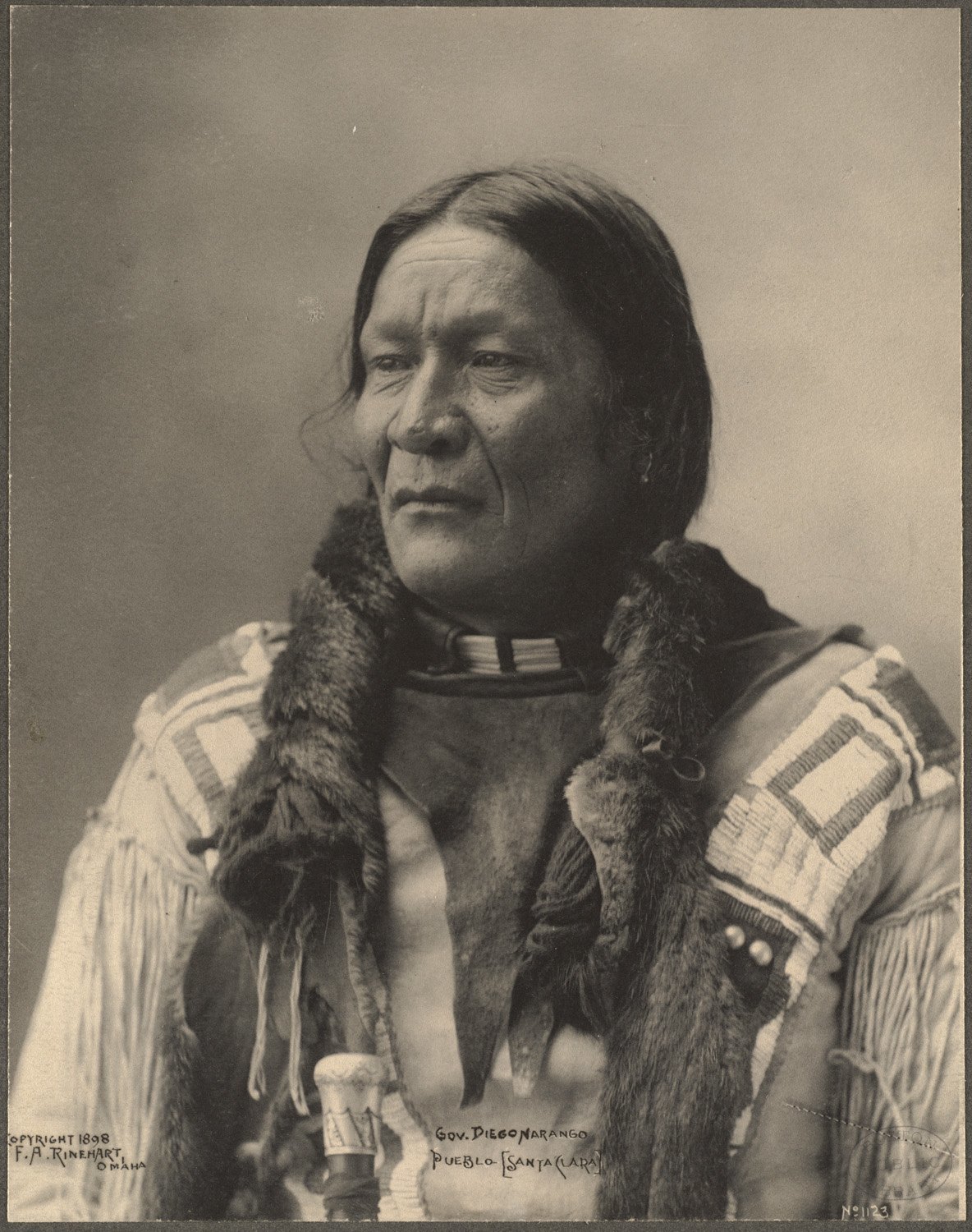
Gov. Diego Narango, Pueblo (Santa Clara), 1899. (Photo by Frank A. Rinehart).
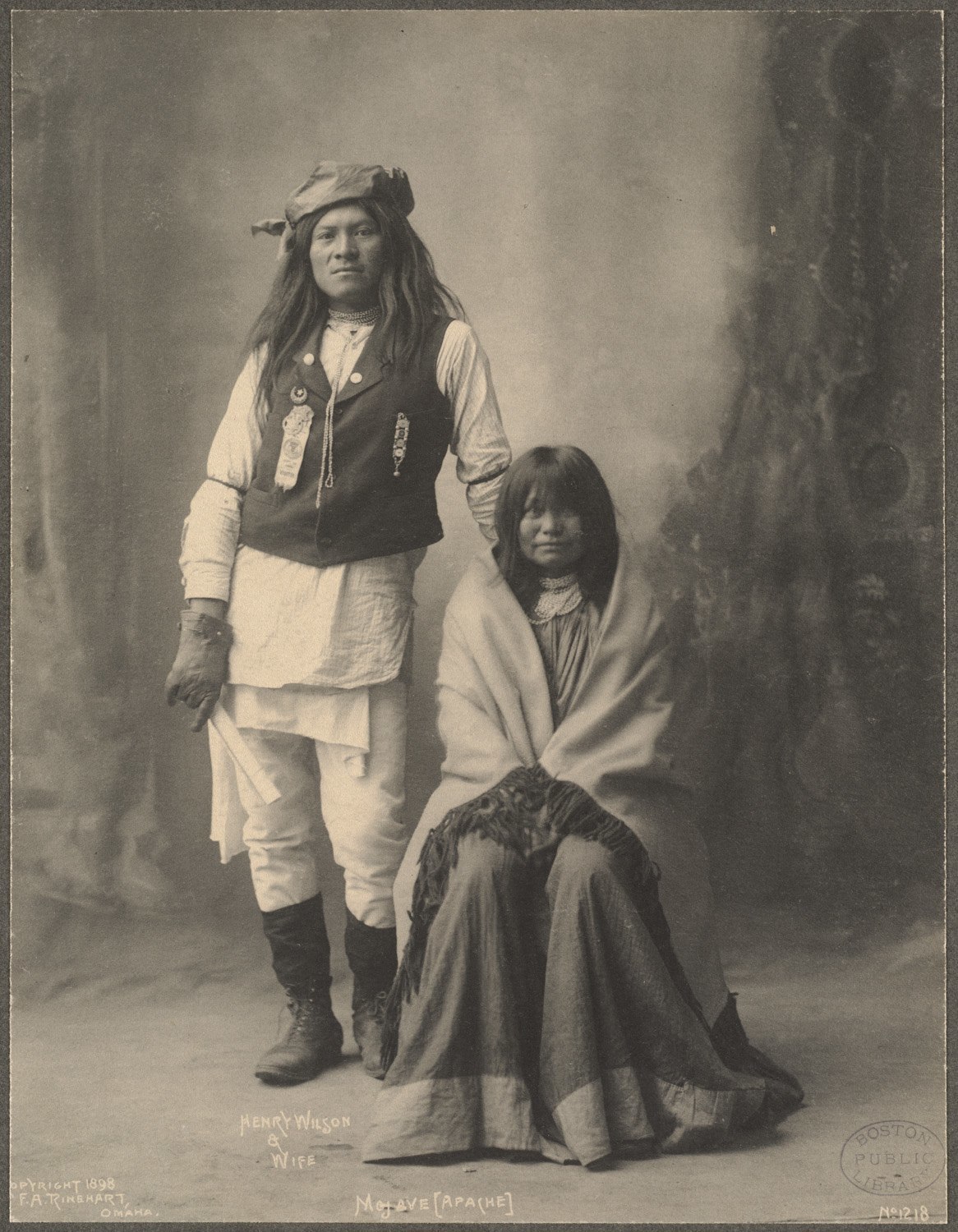
Henry Wilson & Wife, Mojave (Apache), 1899. (Photo by Frank A. Rinehart).
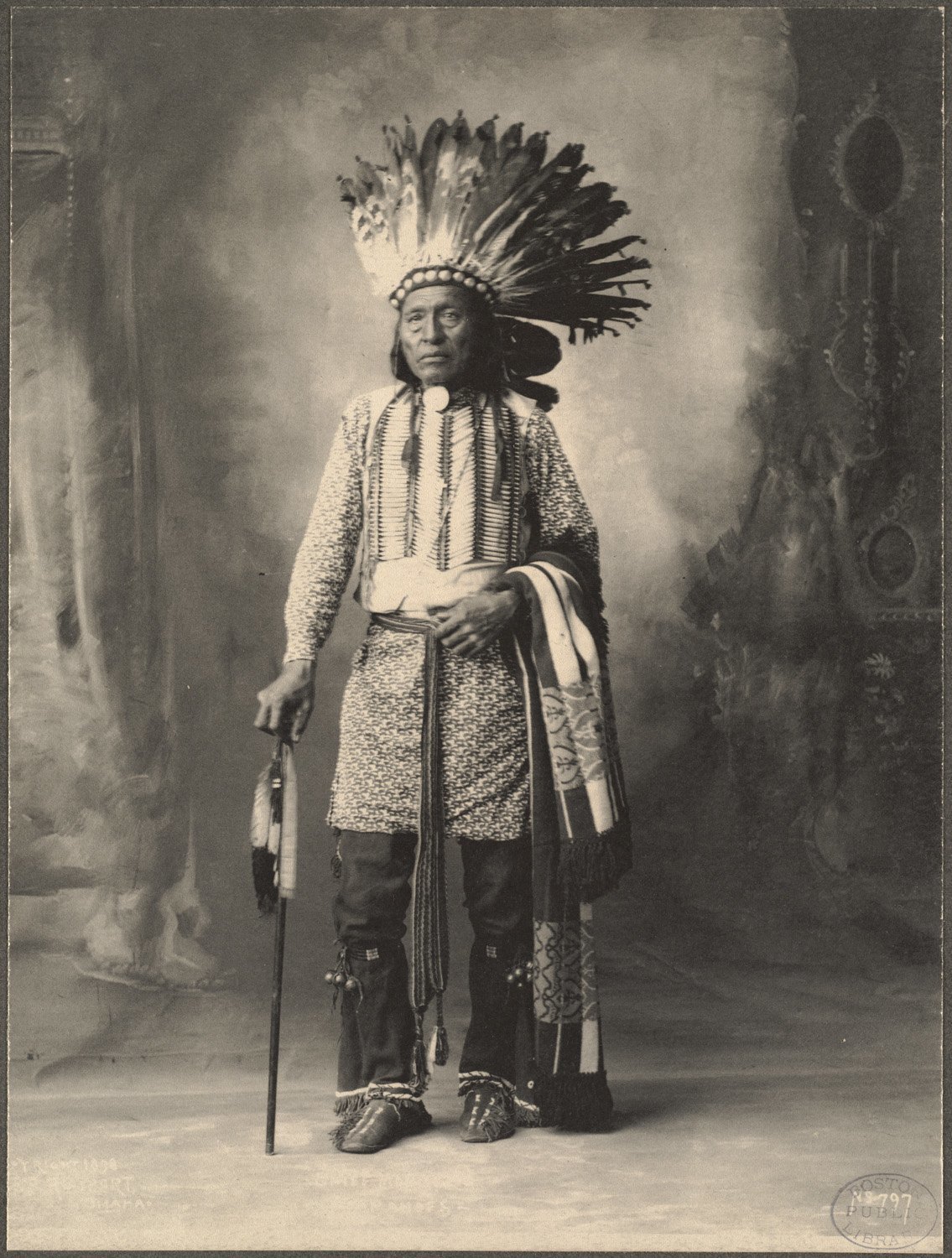
Arapahoe Chief, 1899. (Photo by Frank A. Rinehart).

Josh, Chief, San Carlos Apaches, 1899. (Photo by Frank A. Rinehart).
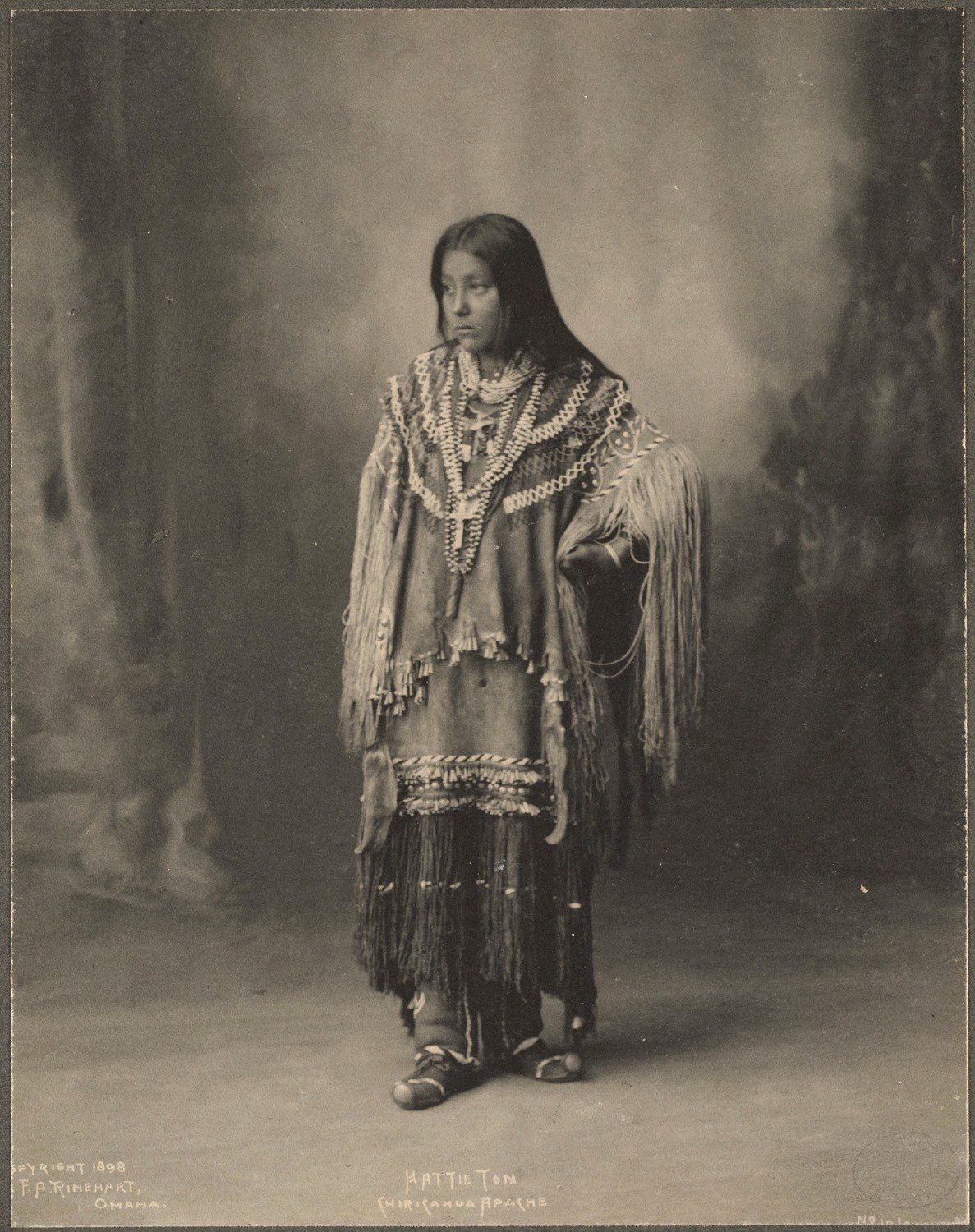
Hattie Tom, Chiricahua Apache, 1899. (Photo by Frank A. Rinehart).
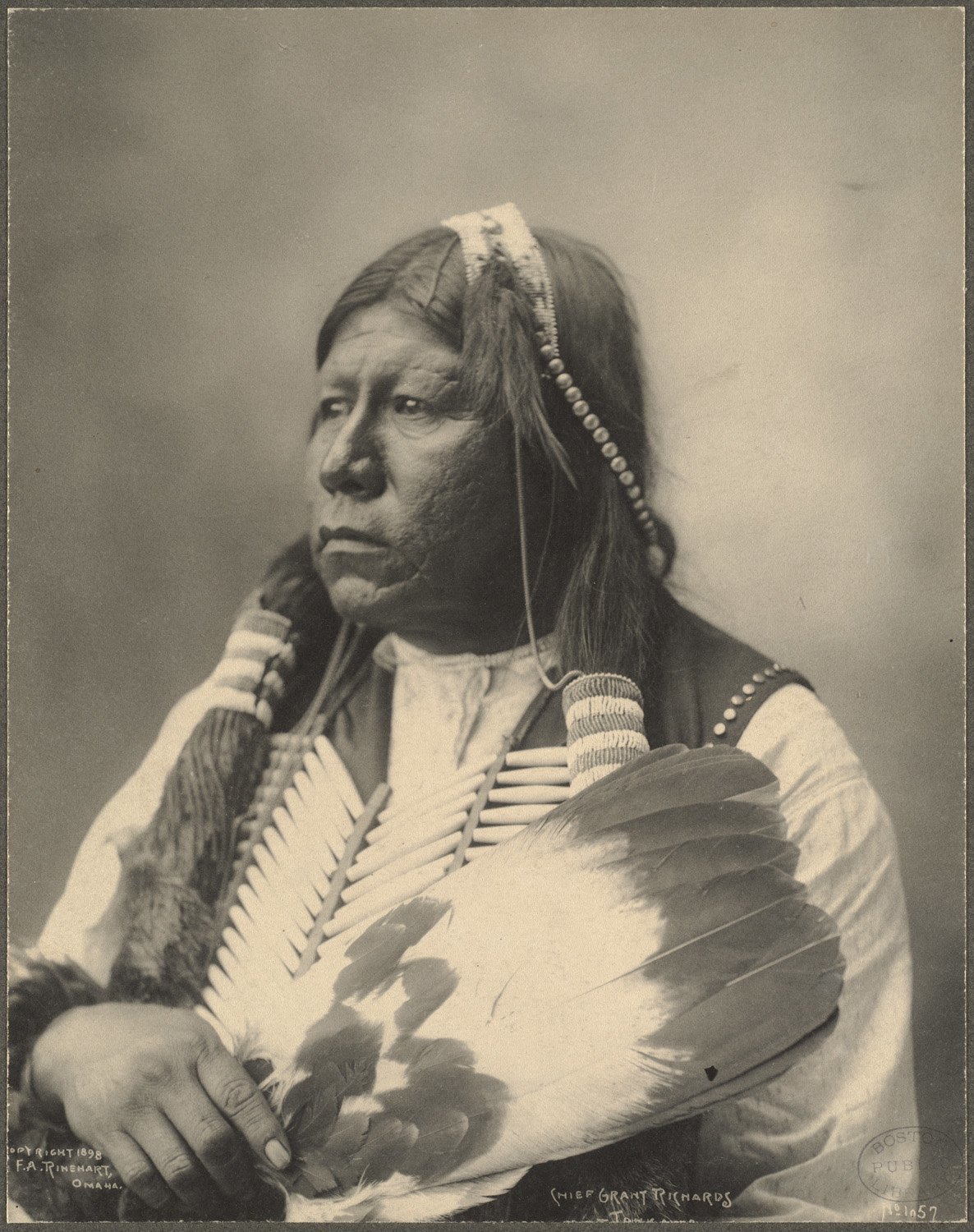
Chief Grant Richards, Tonkawa, 1899. (Photo by Frank A. Rinehart).









































